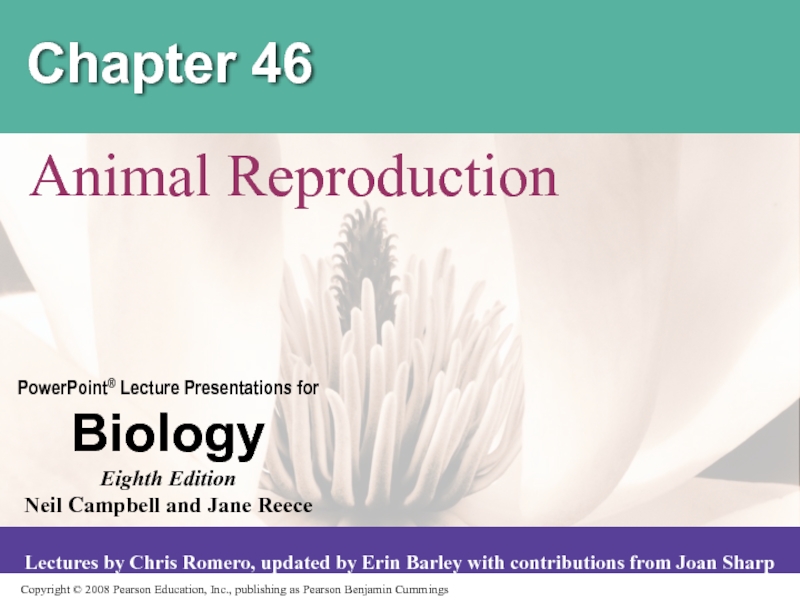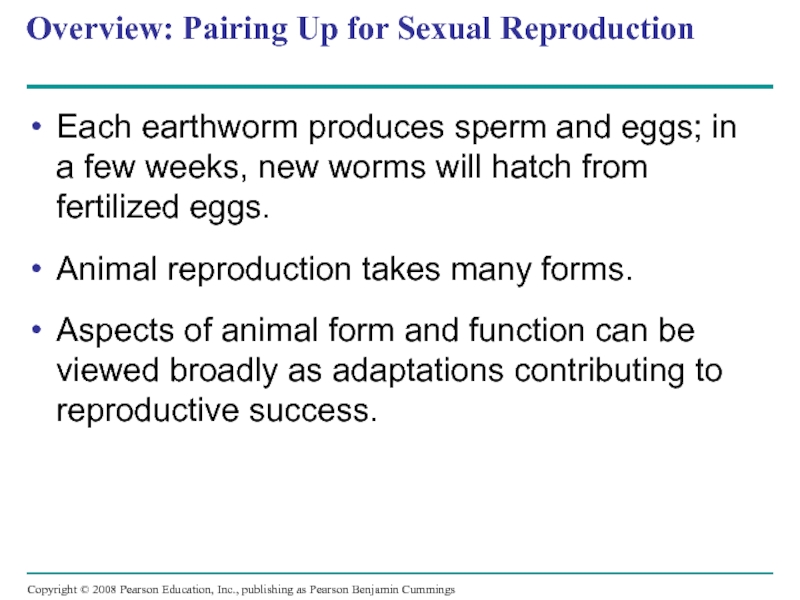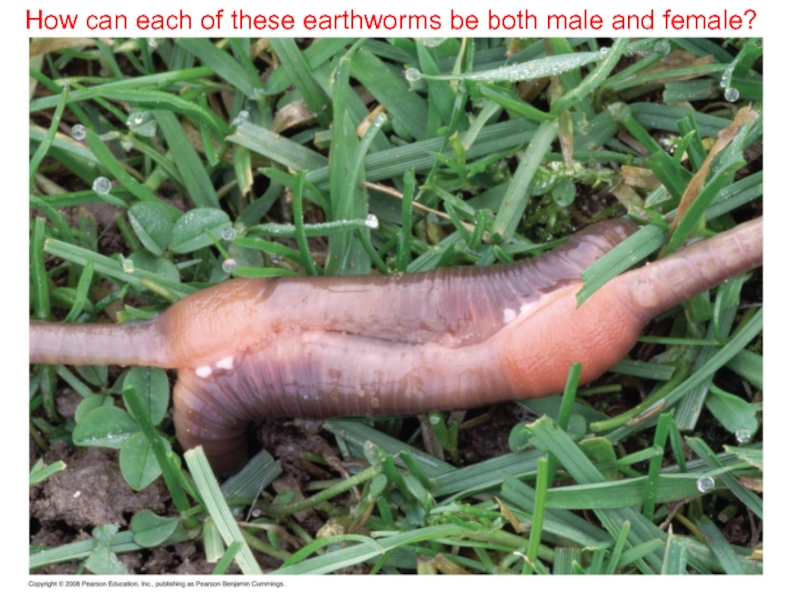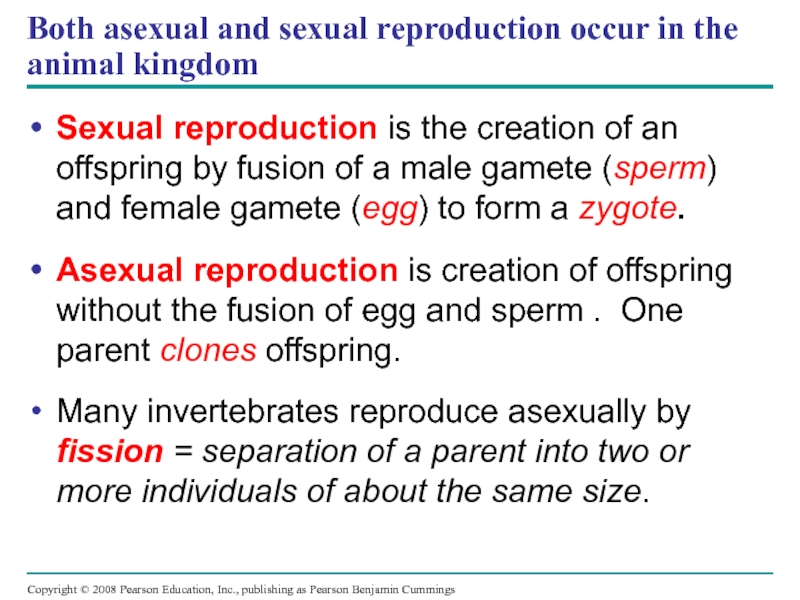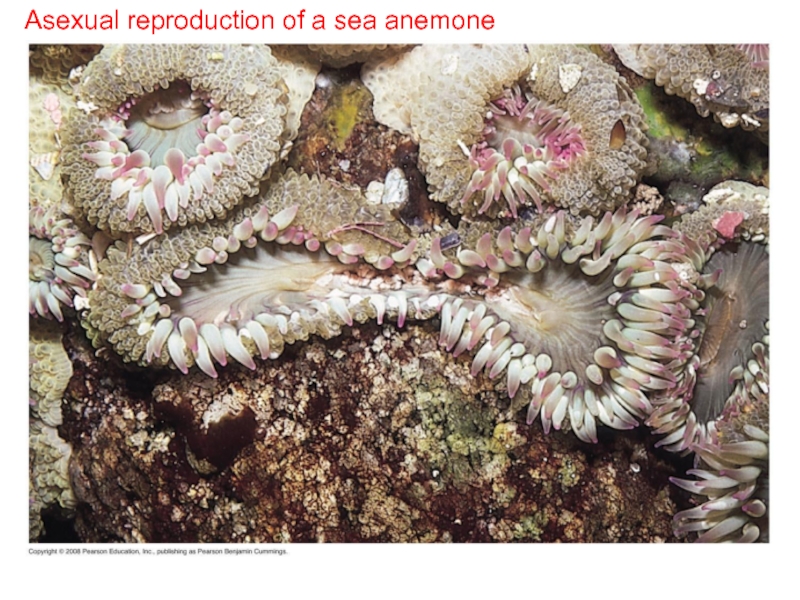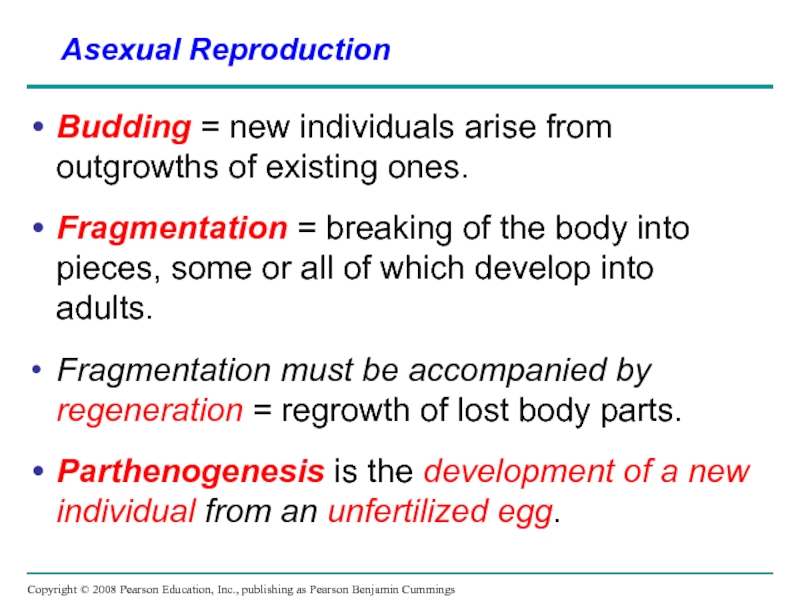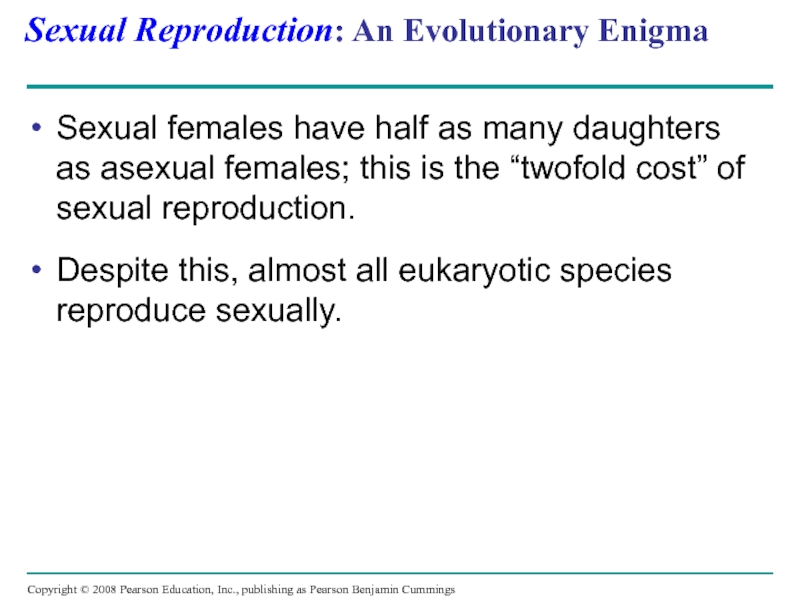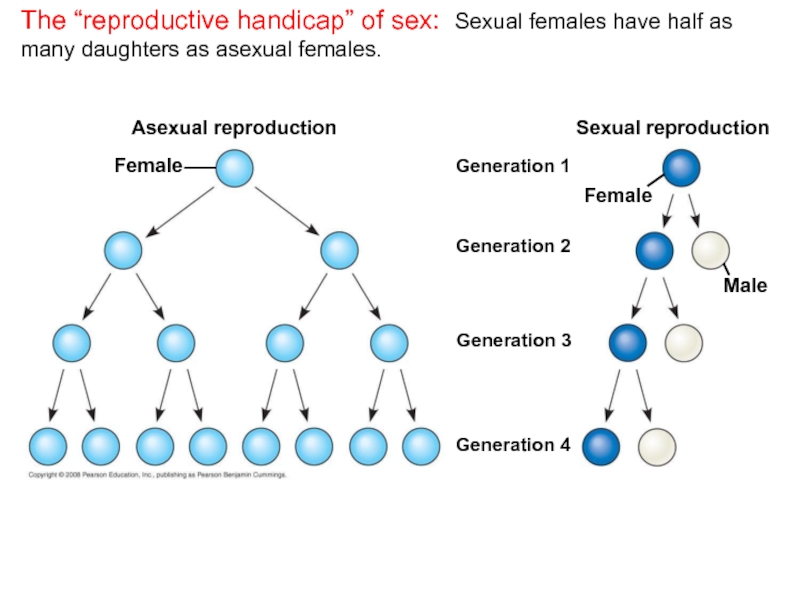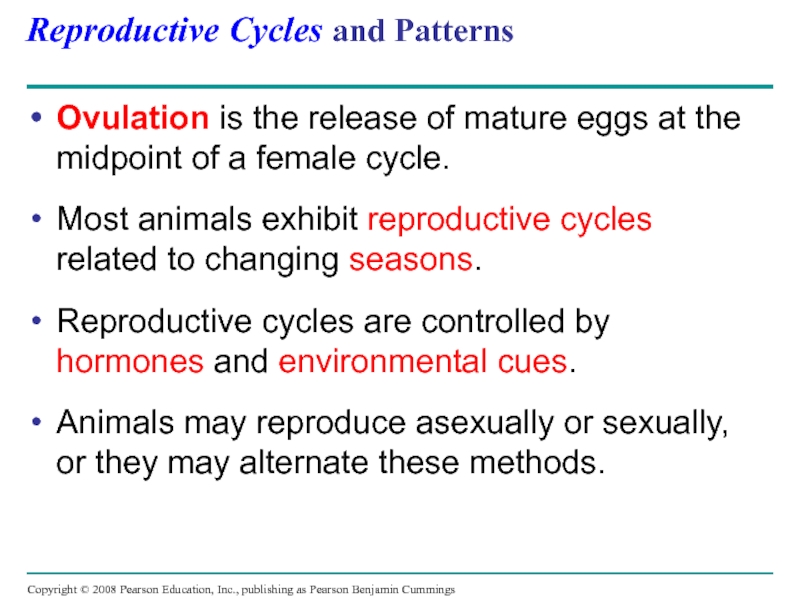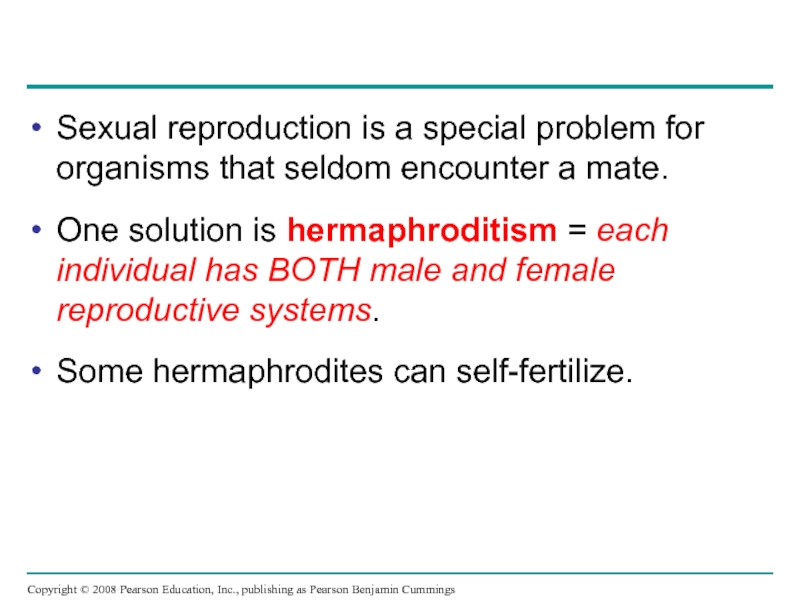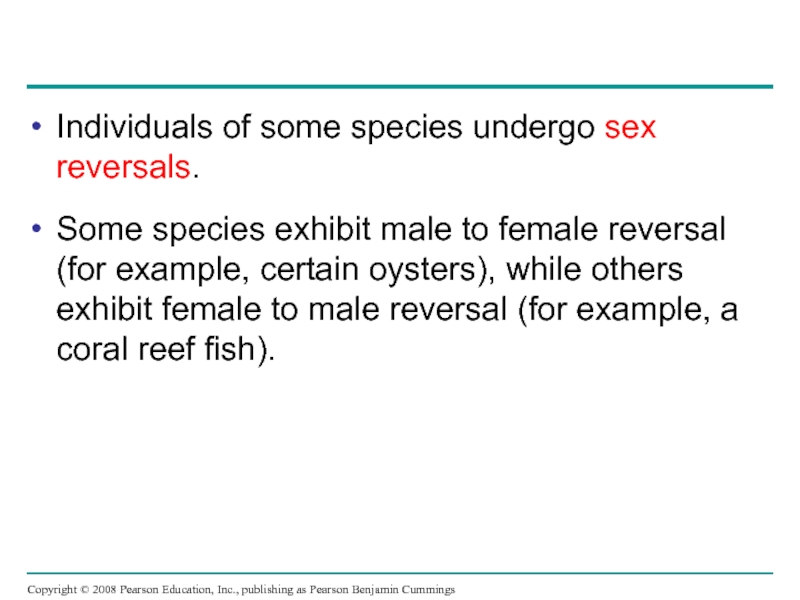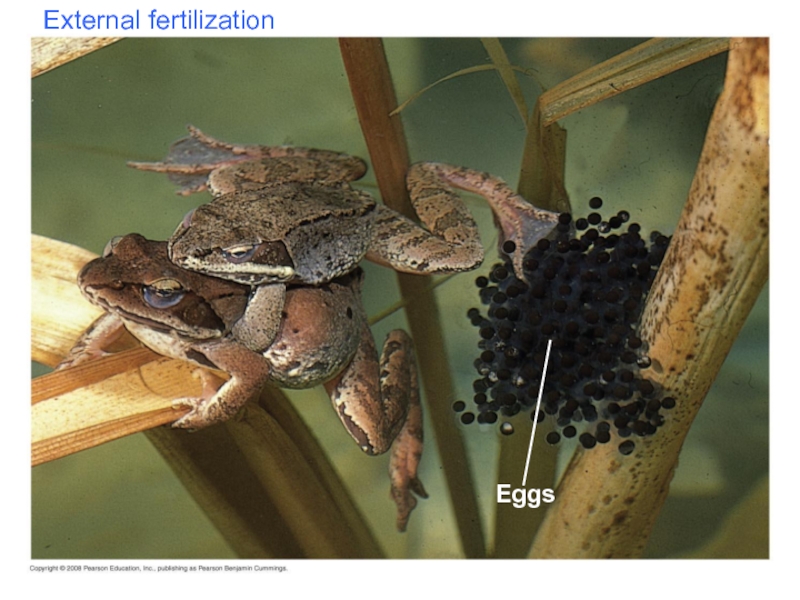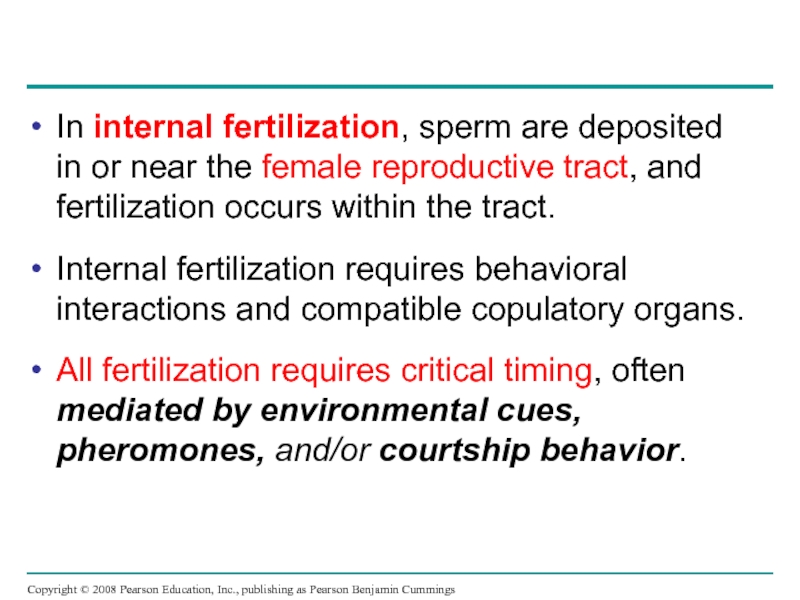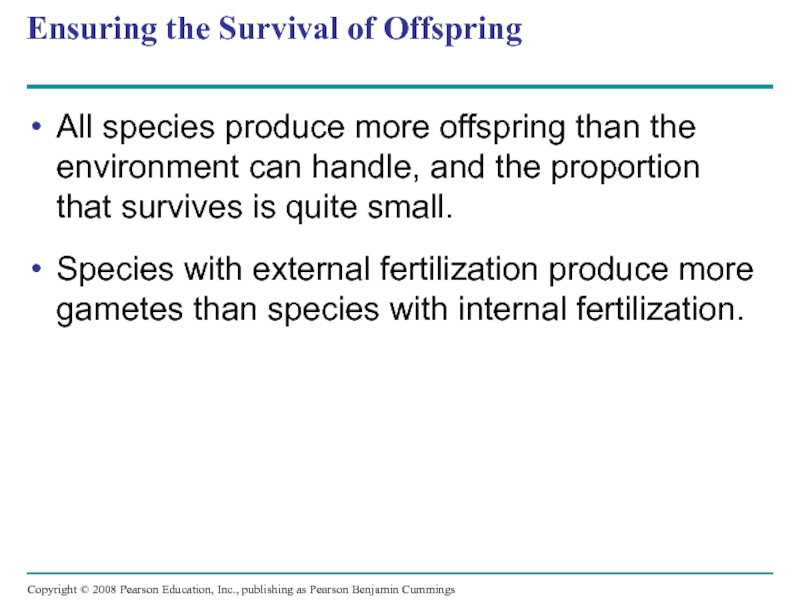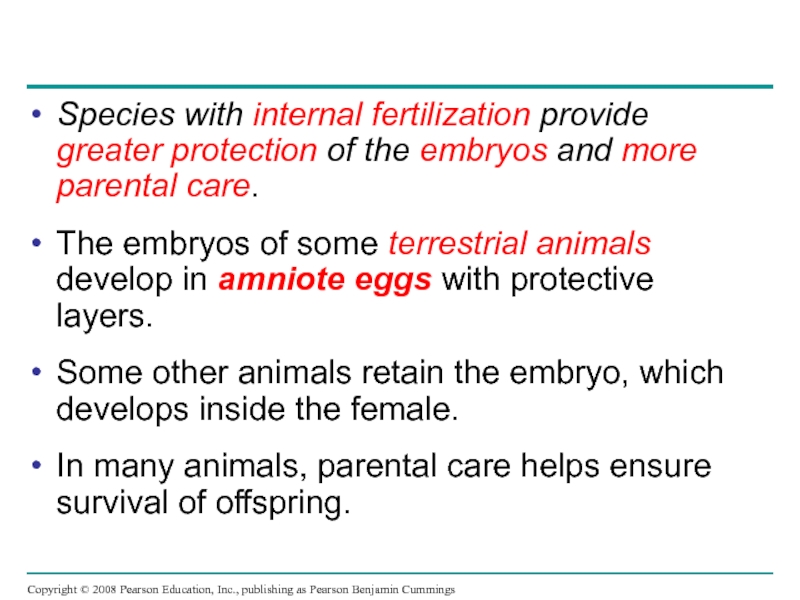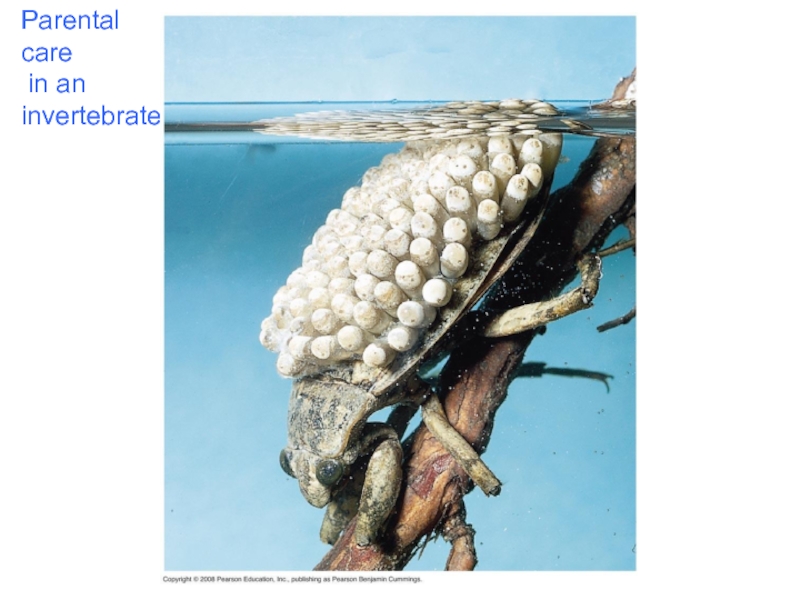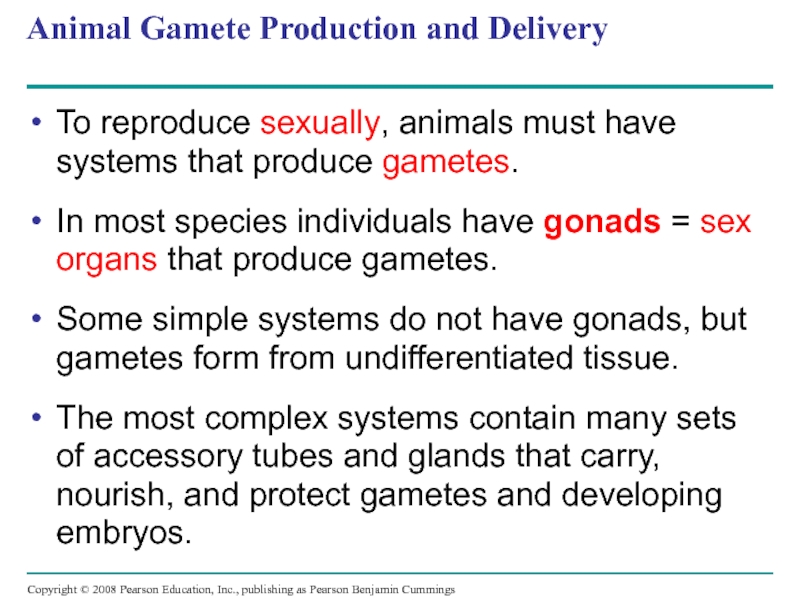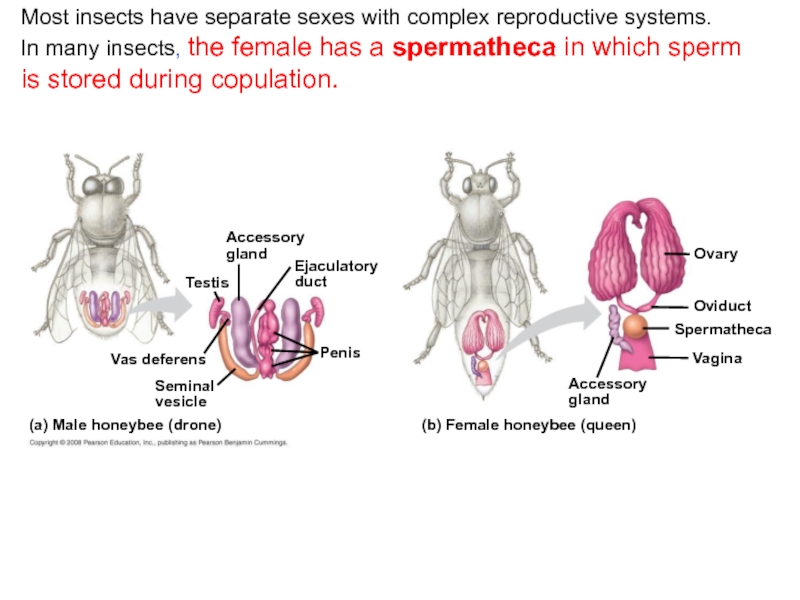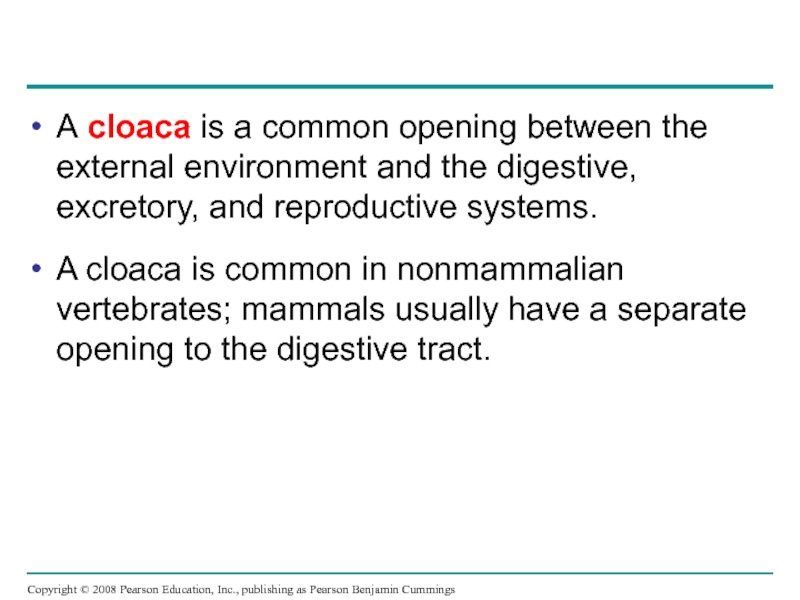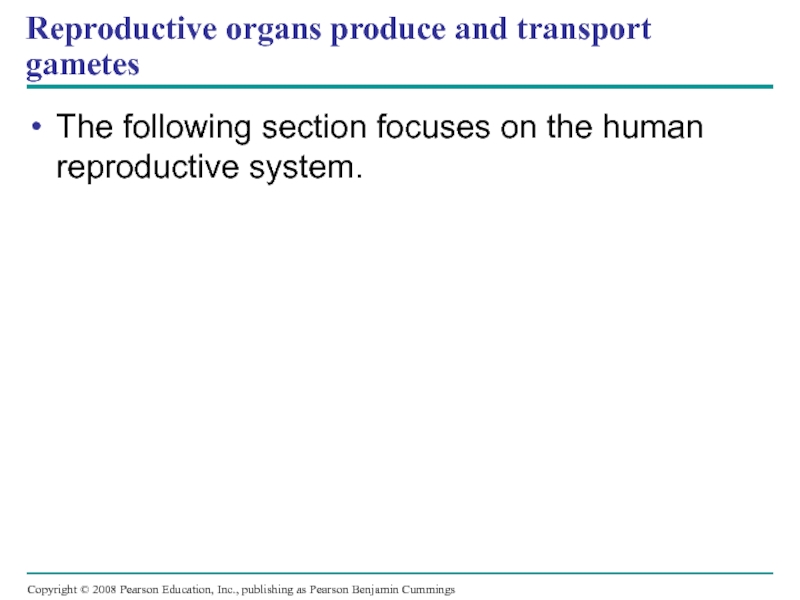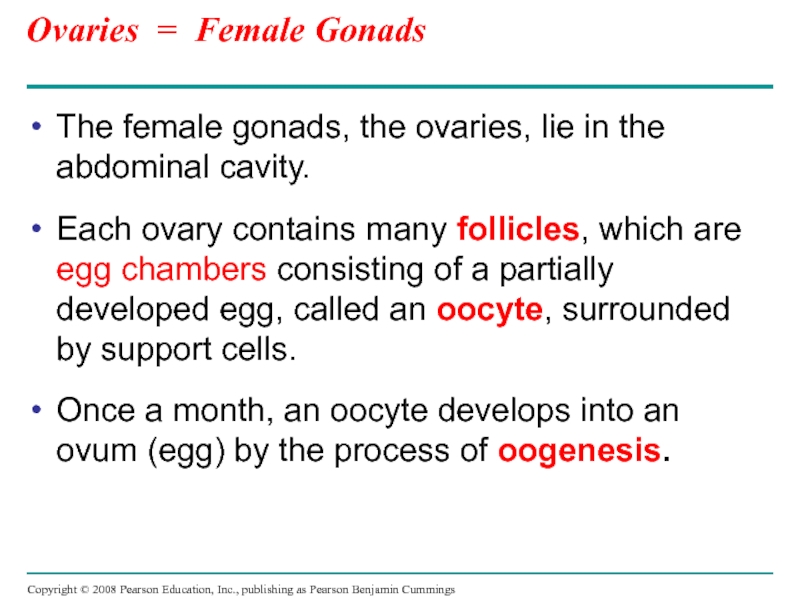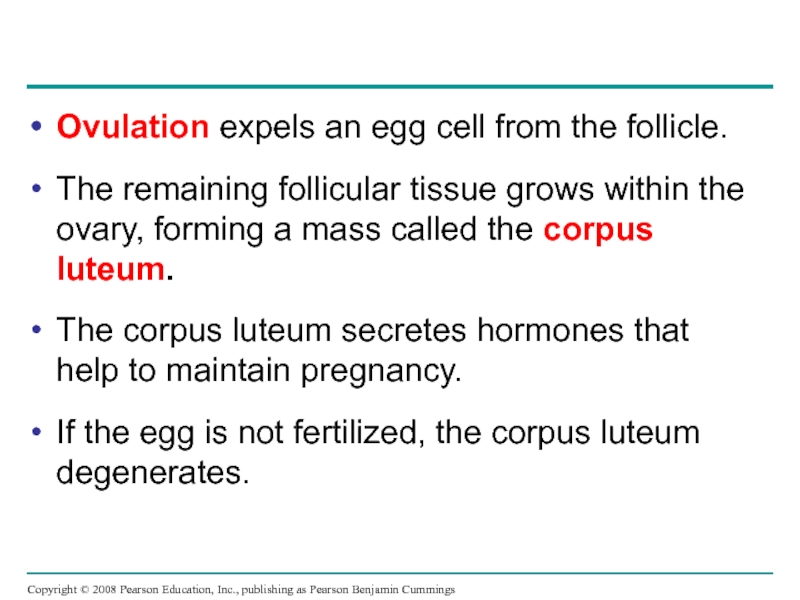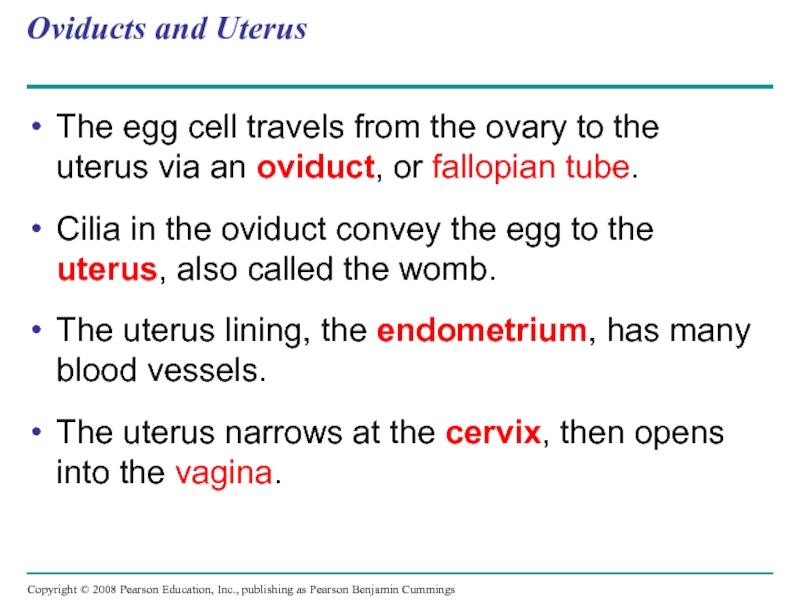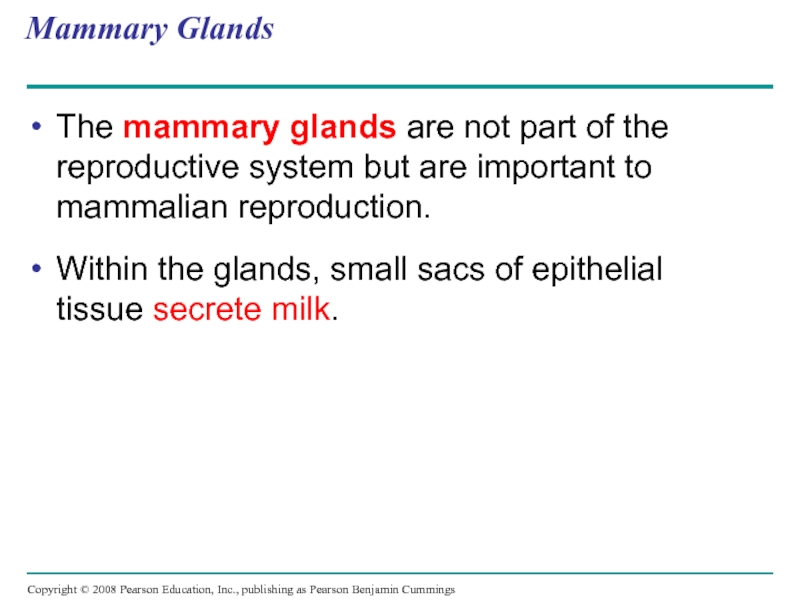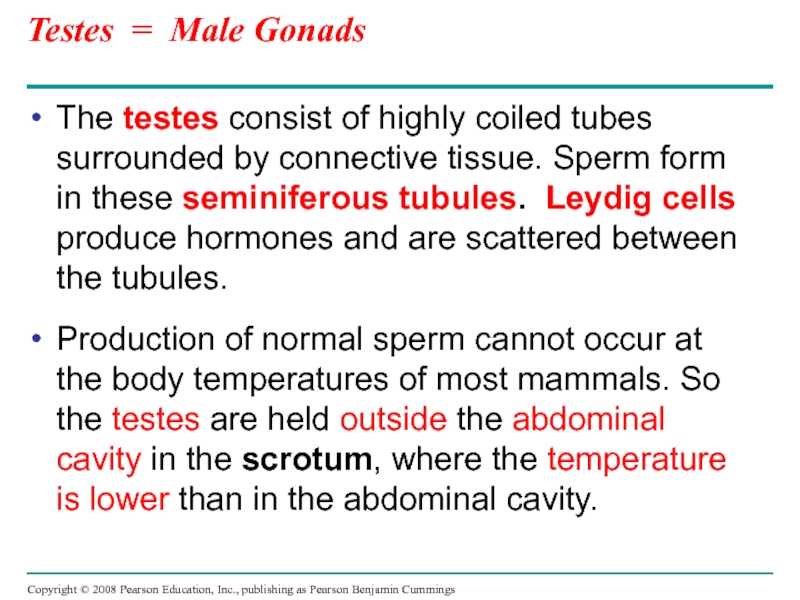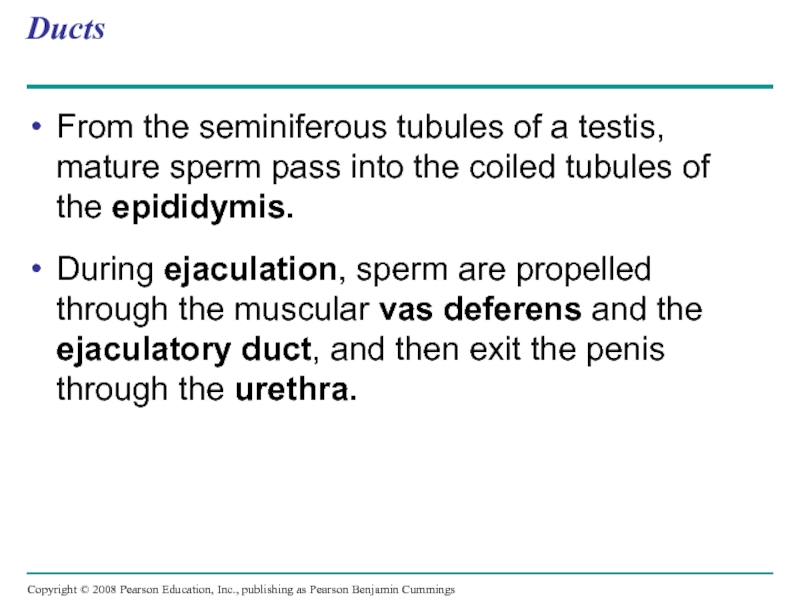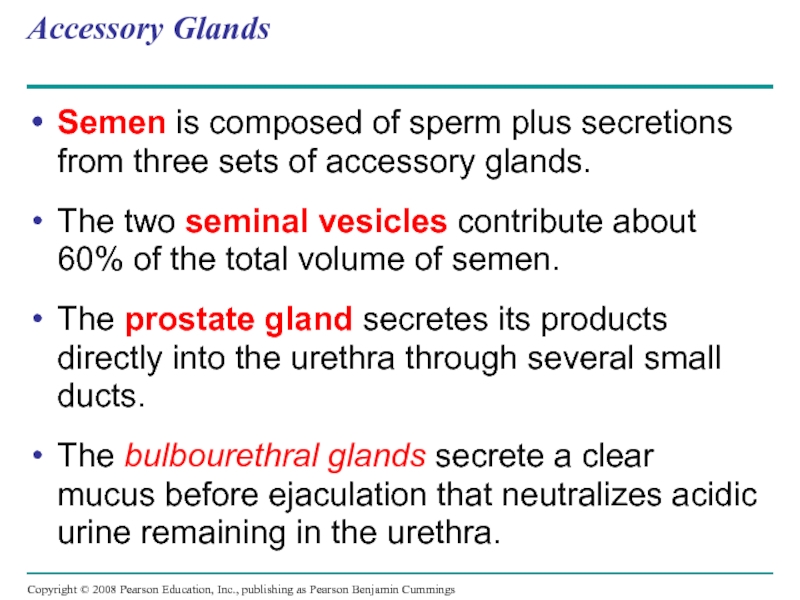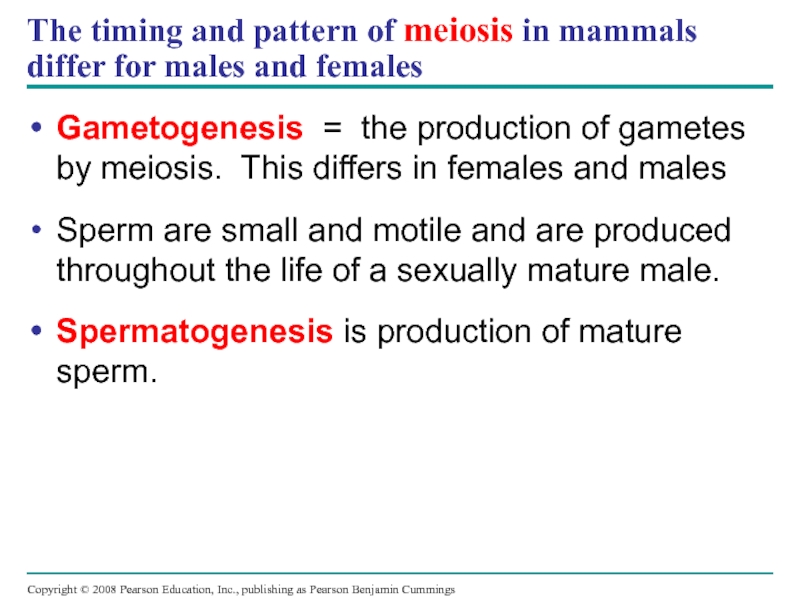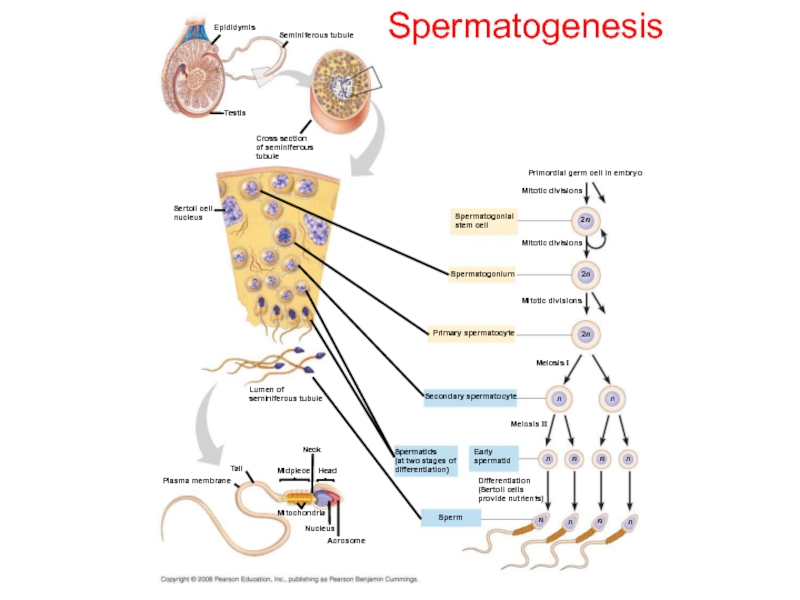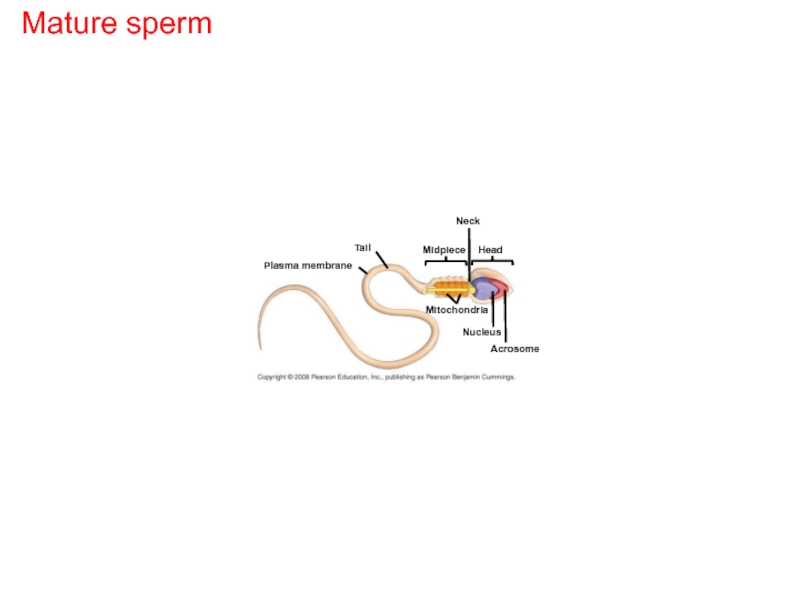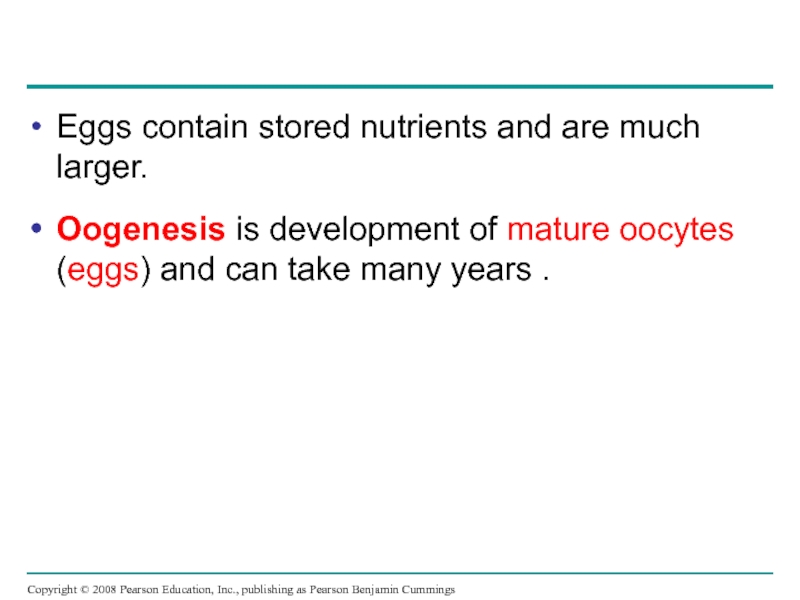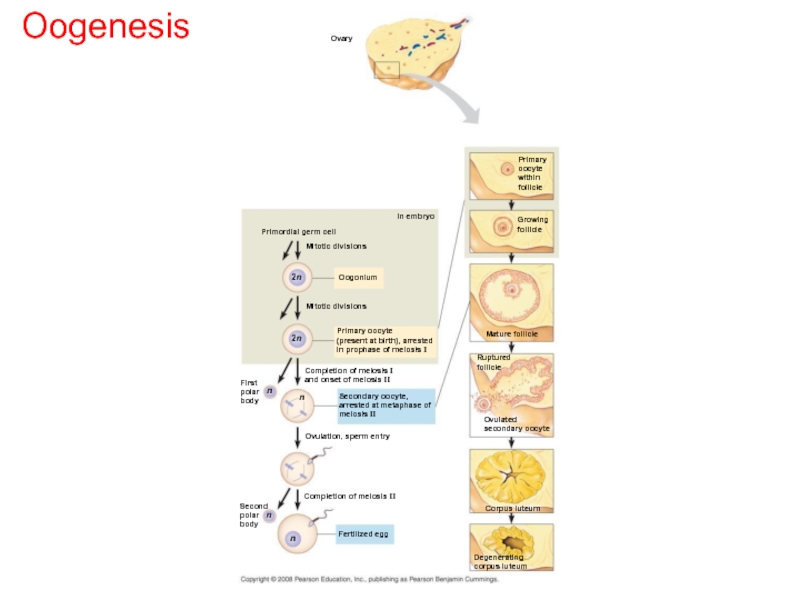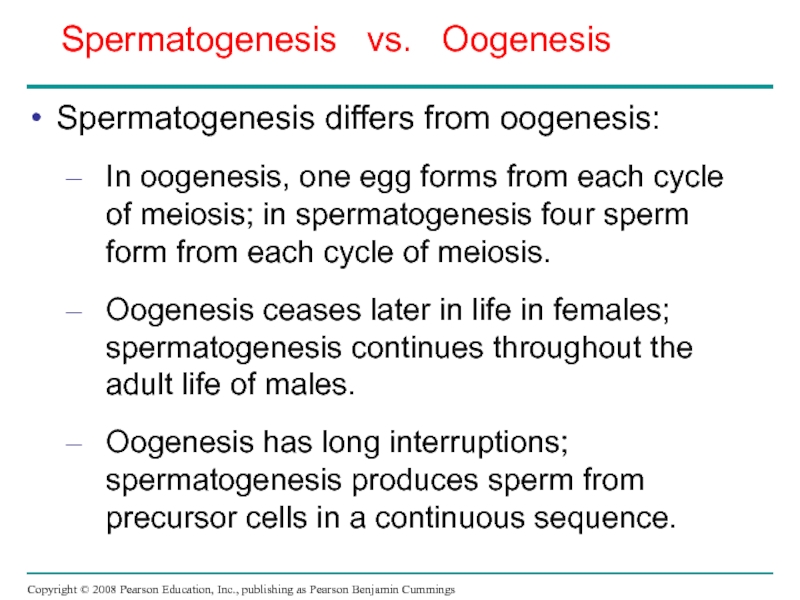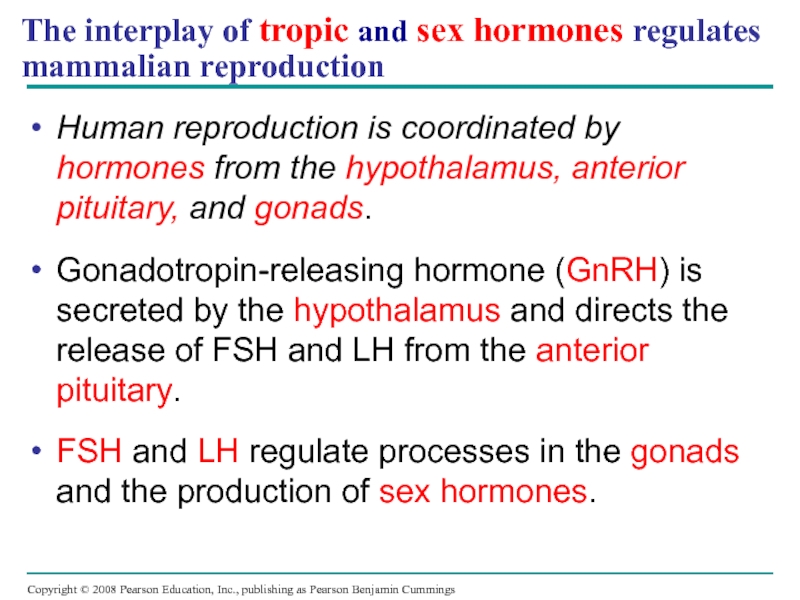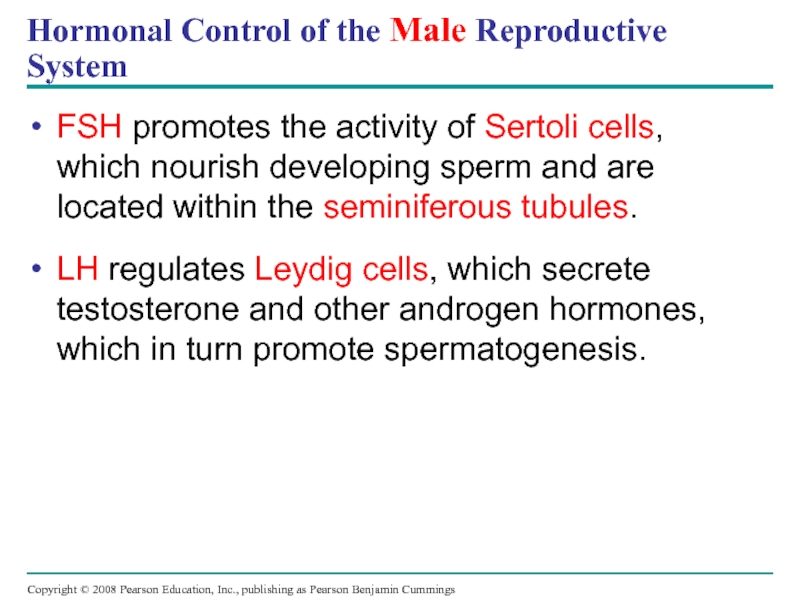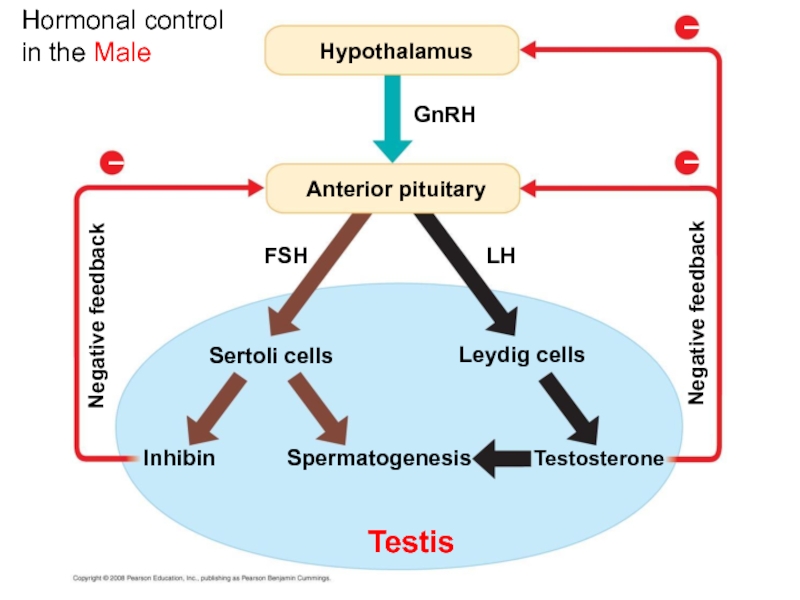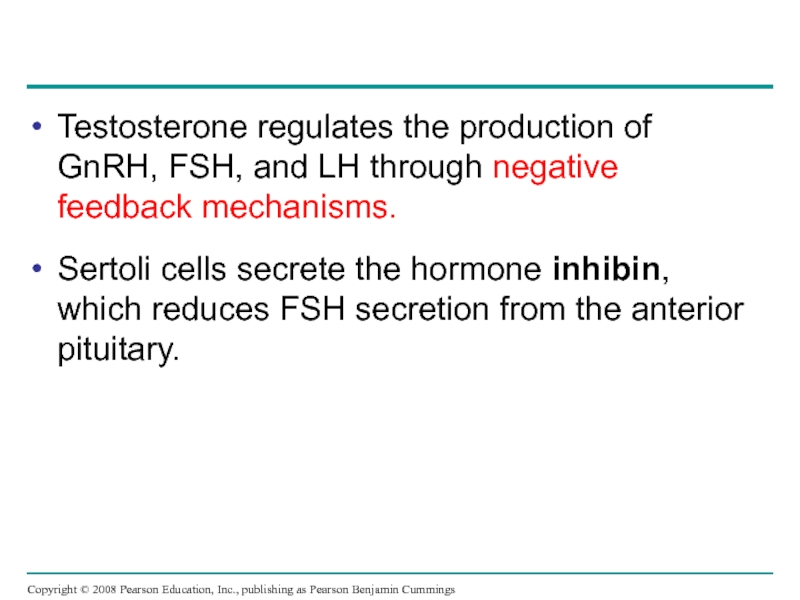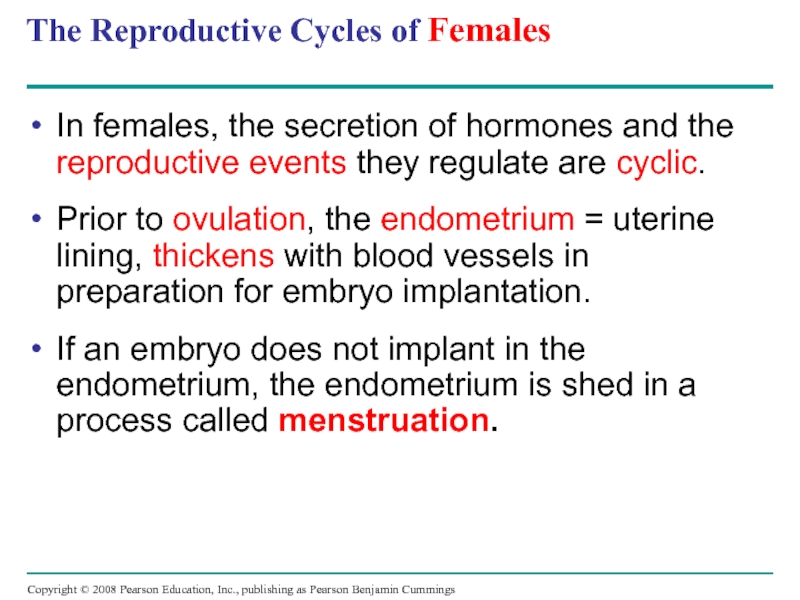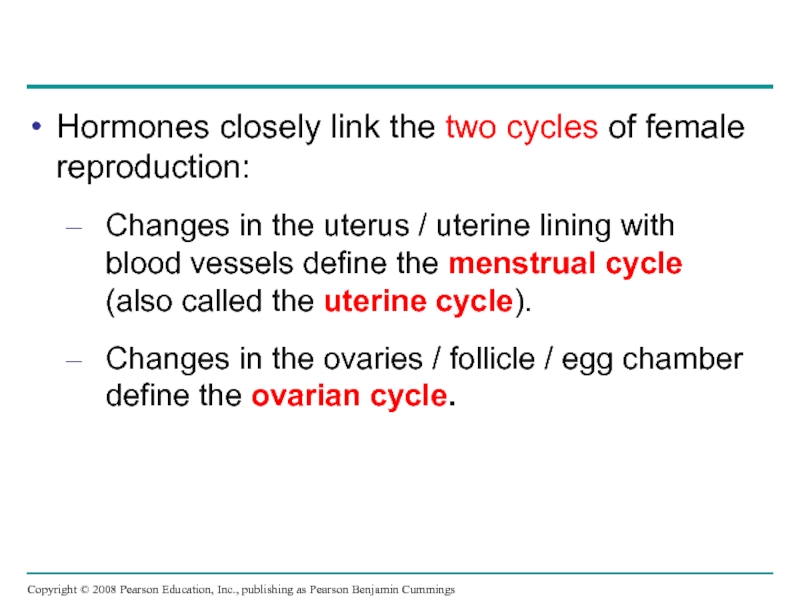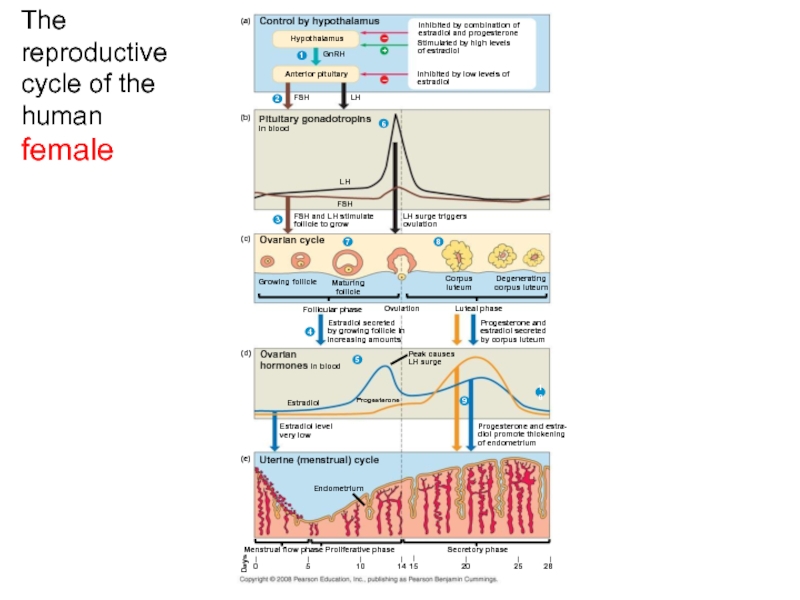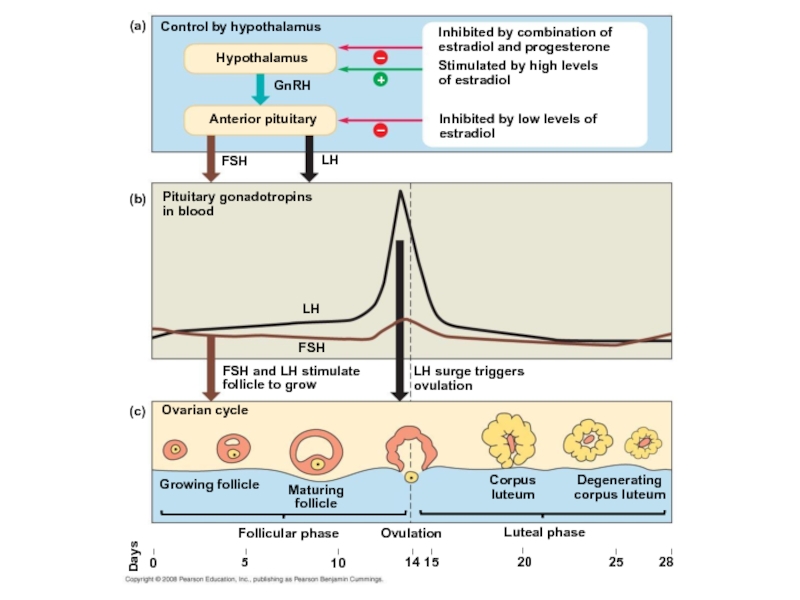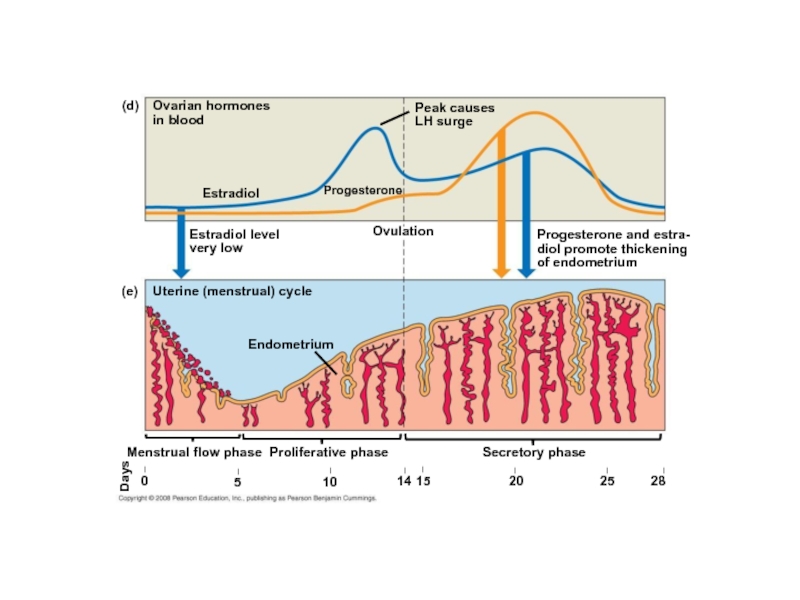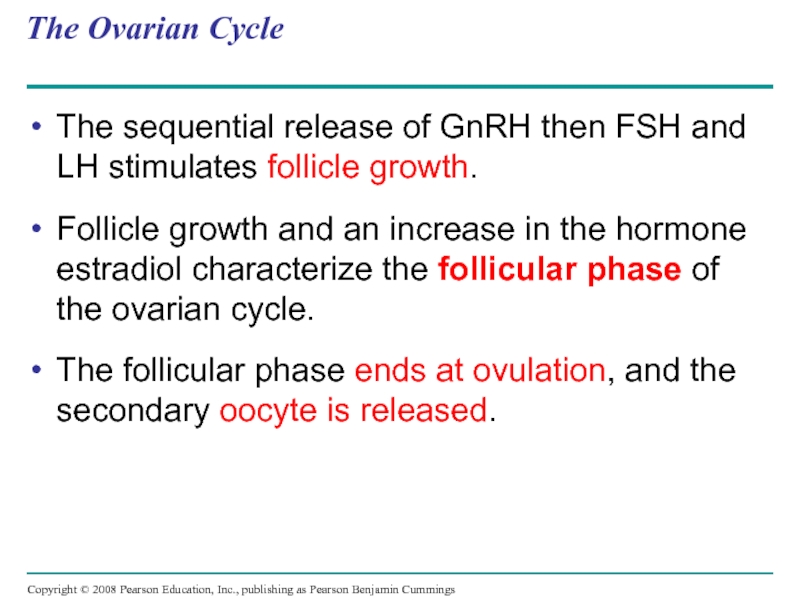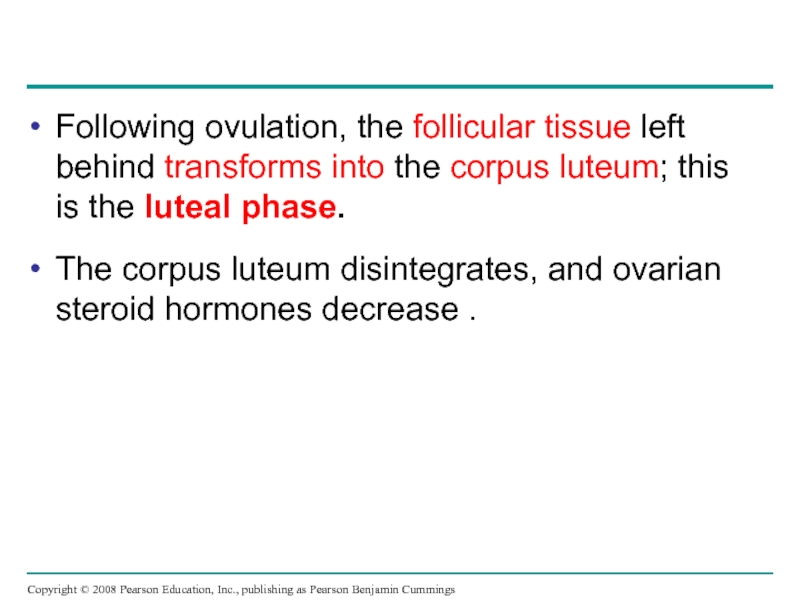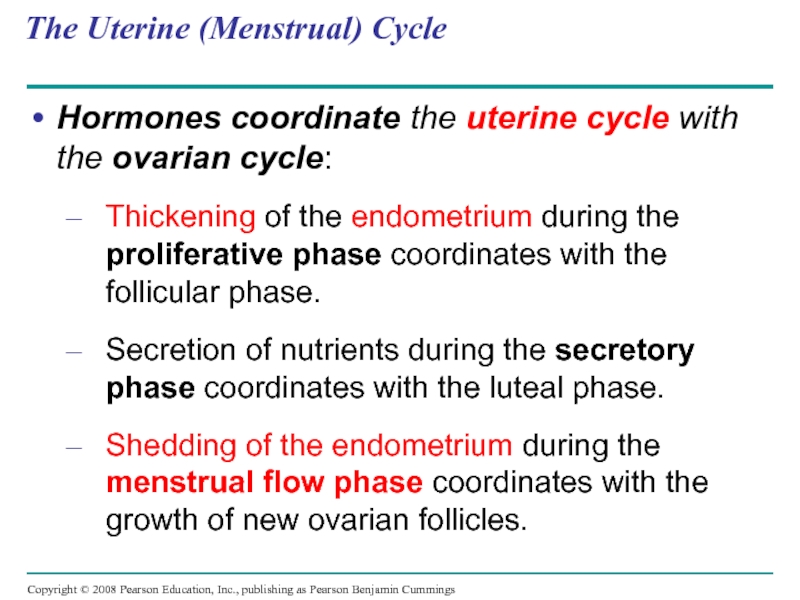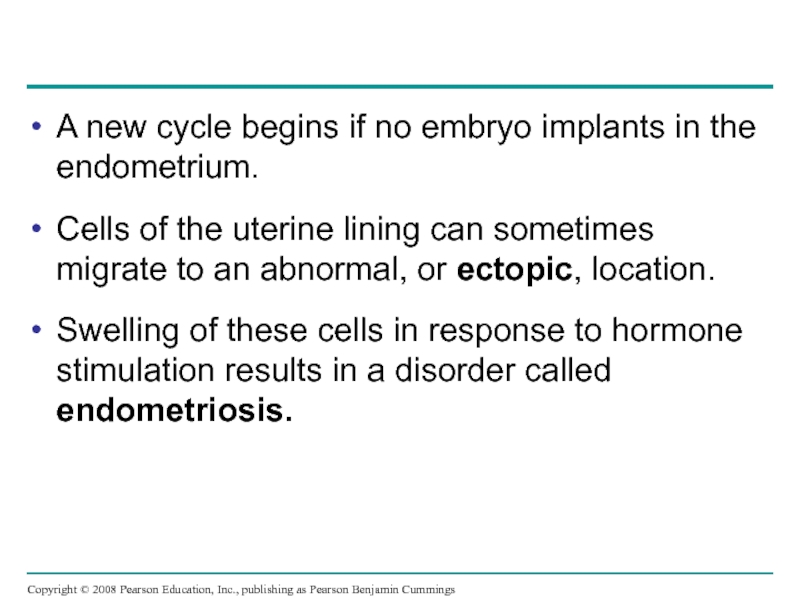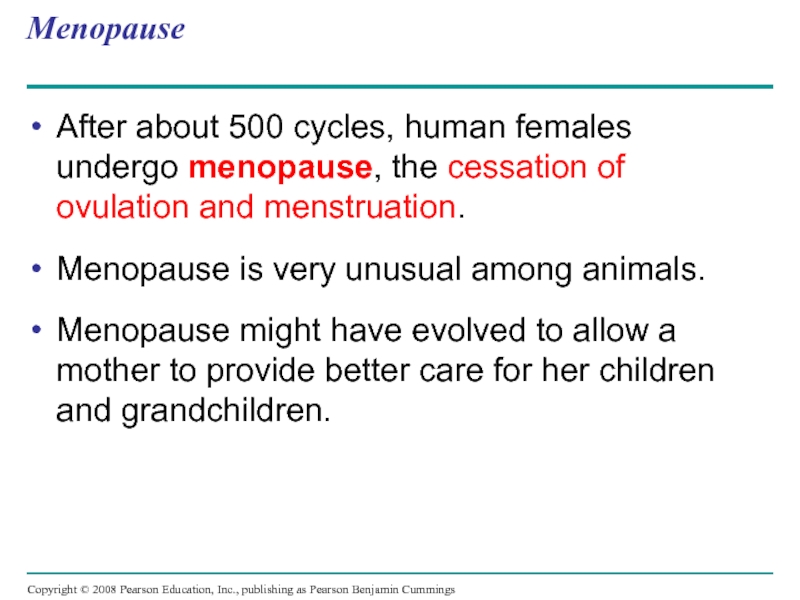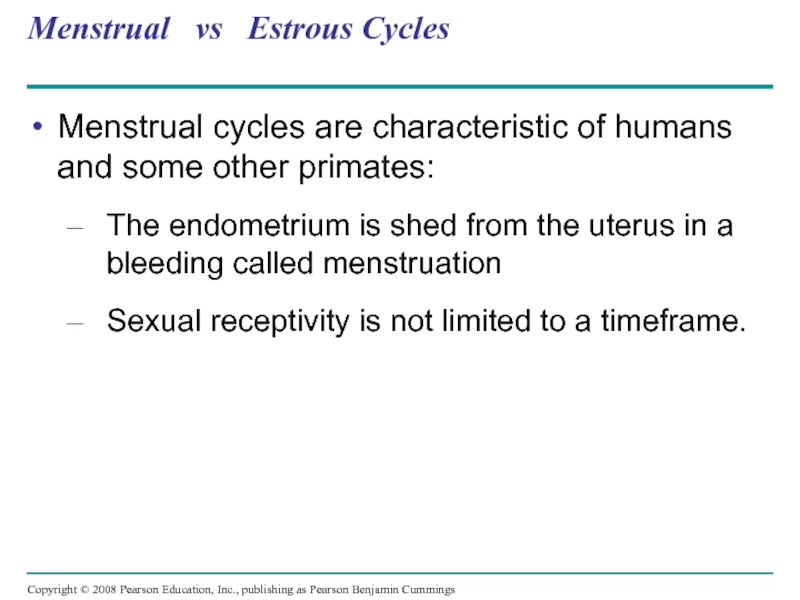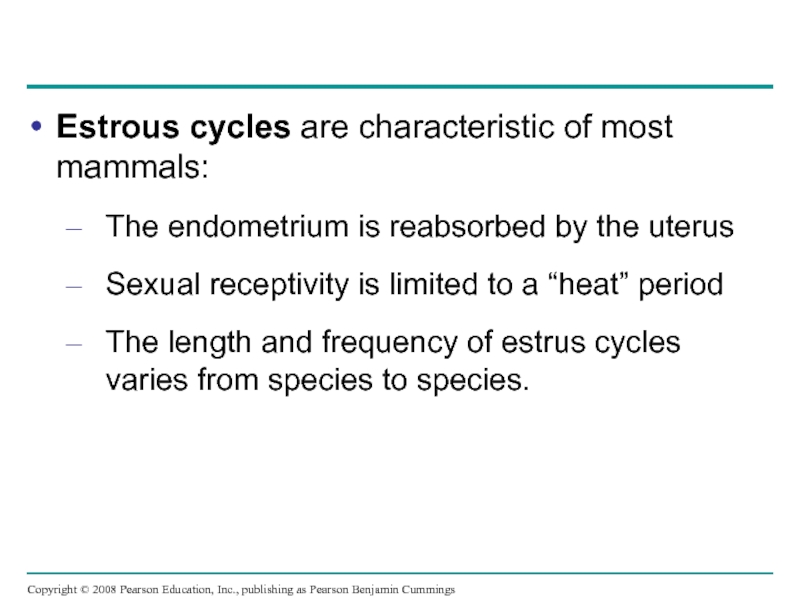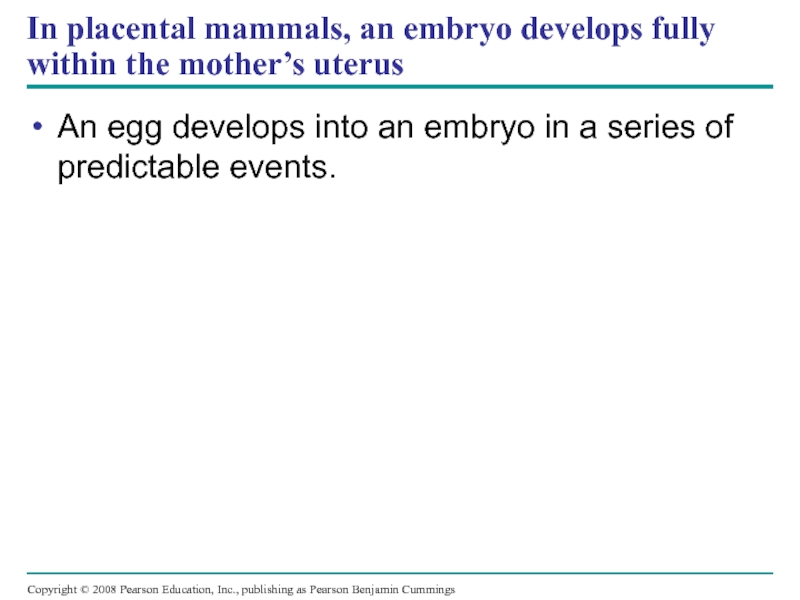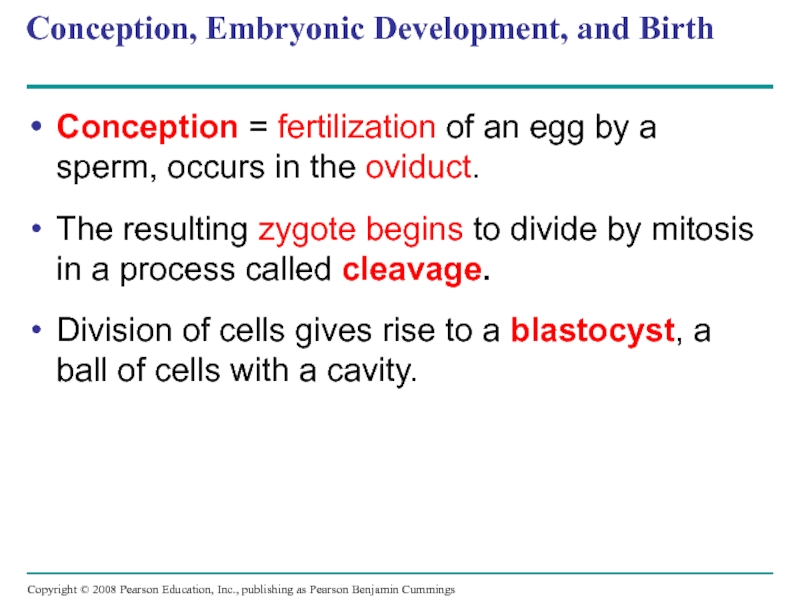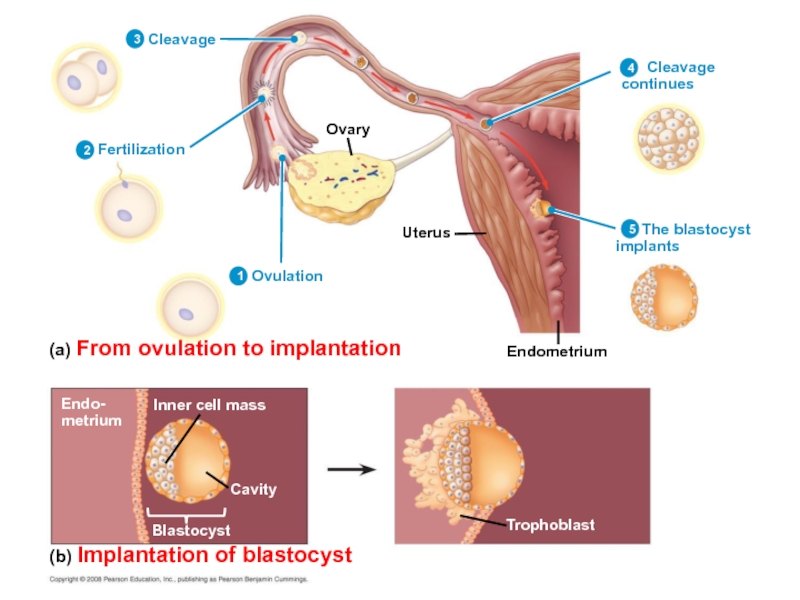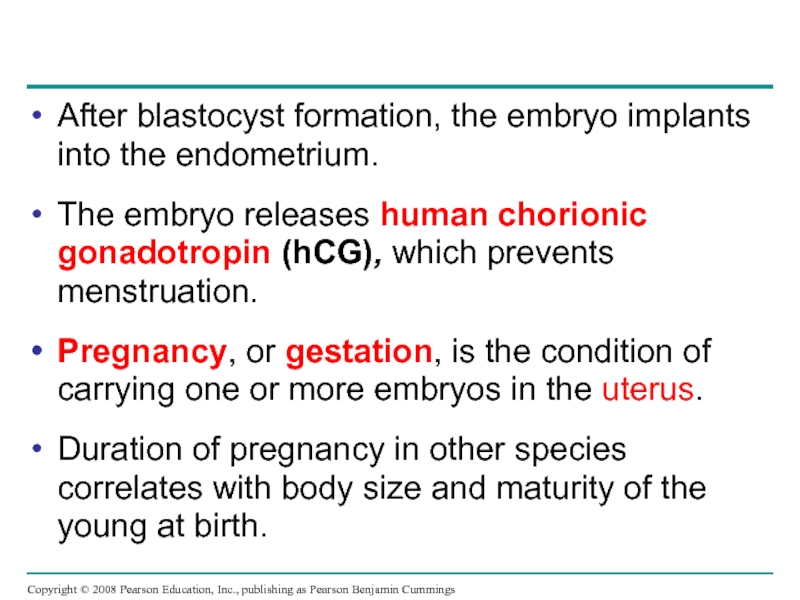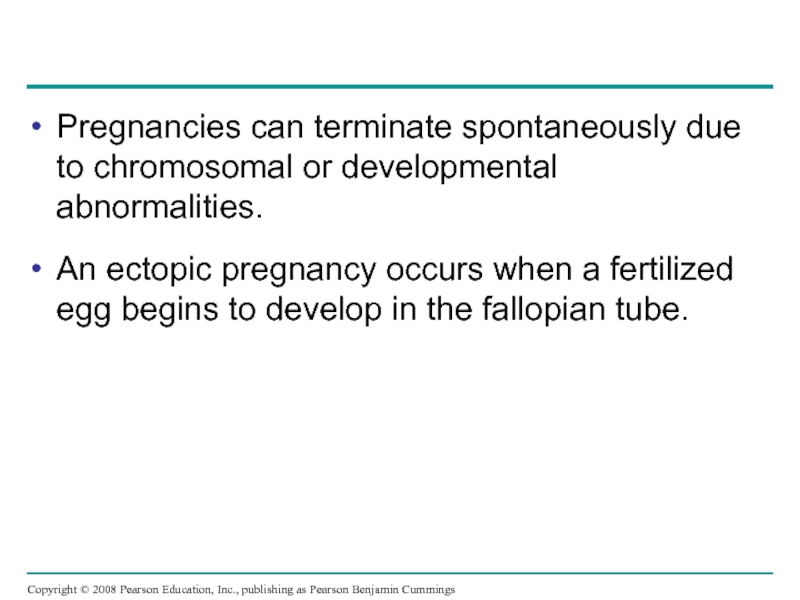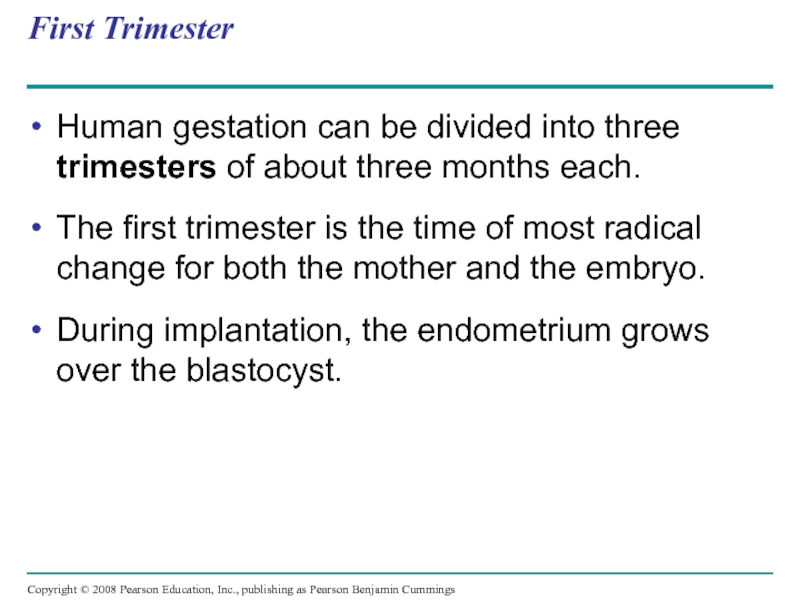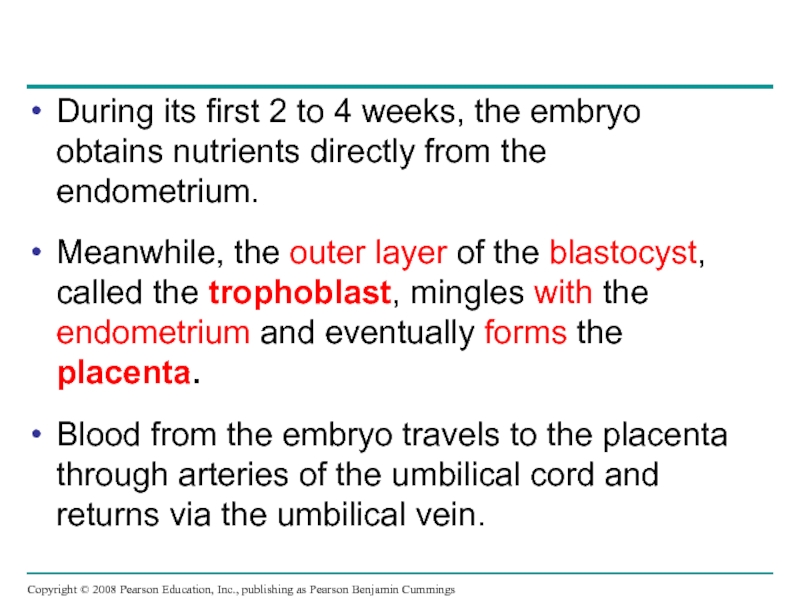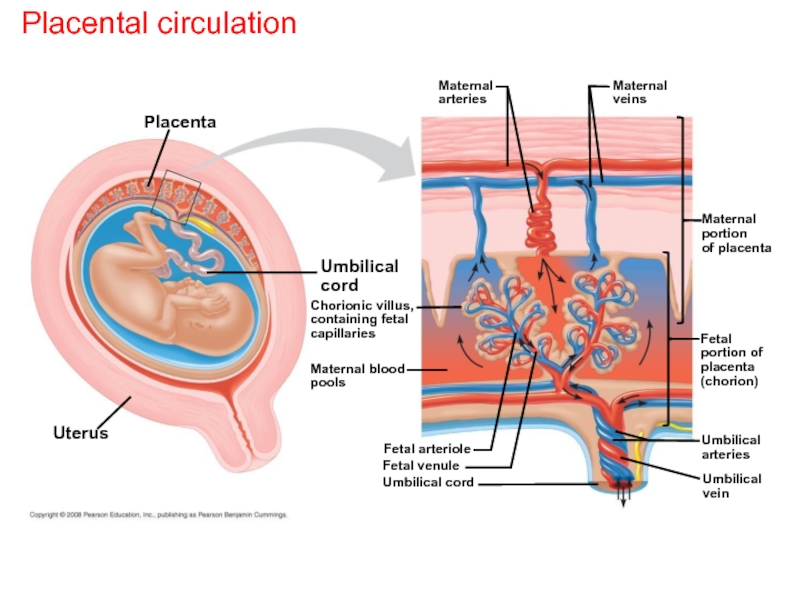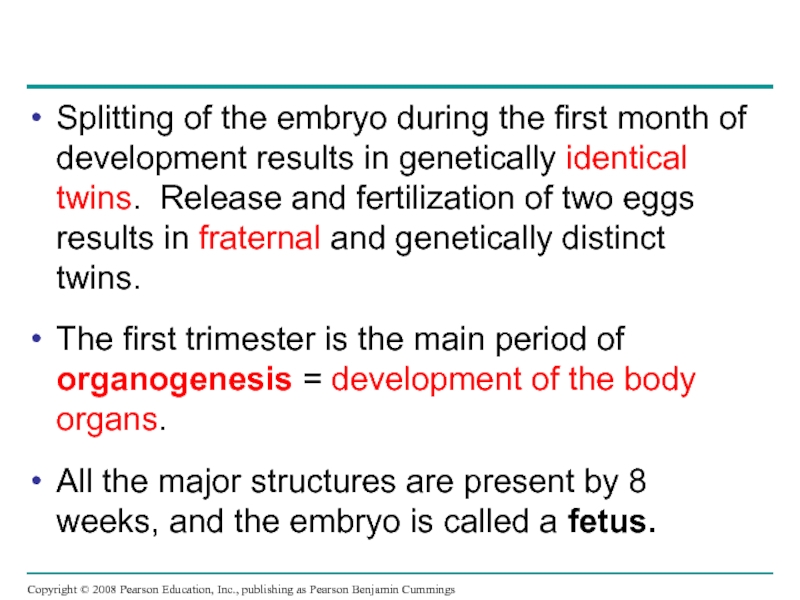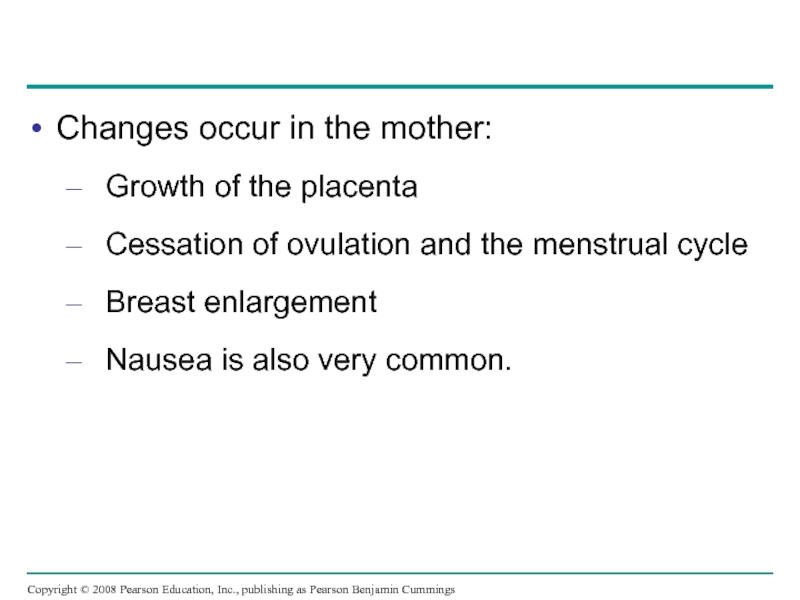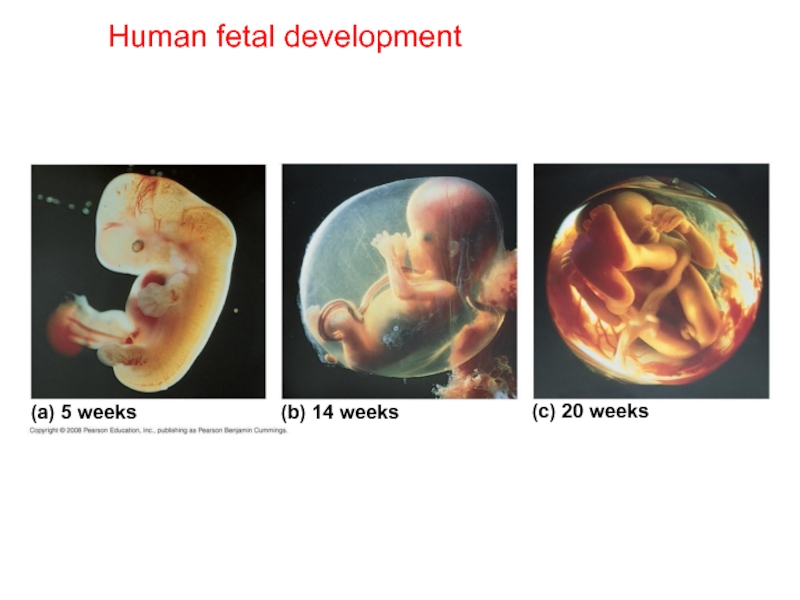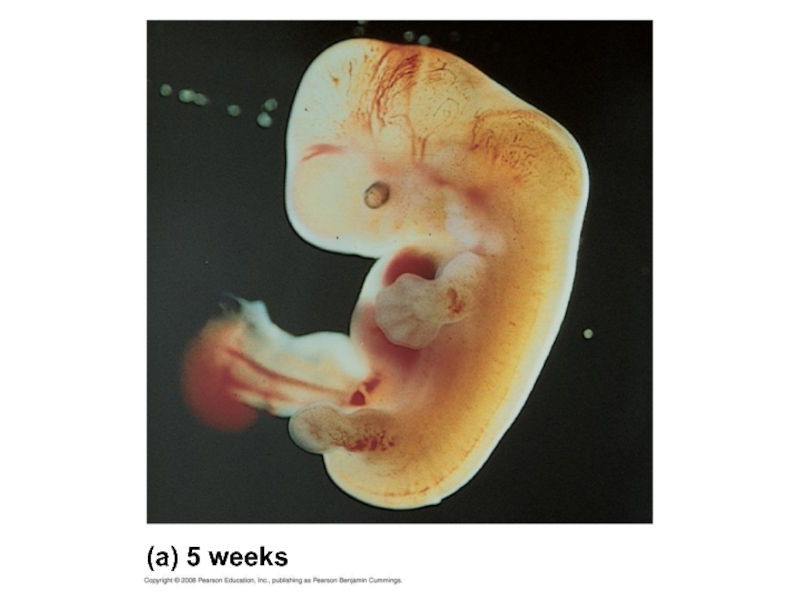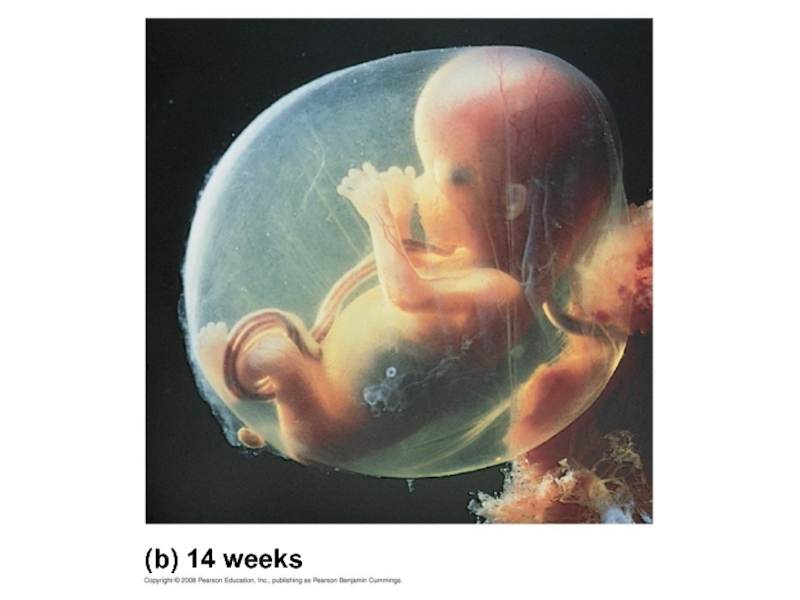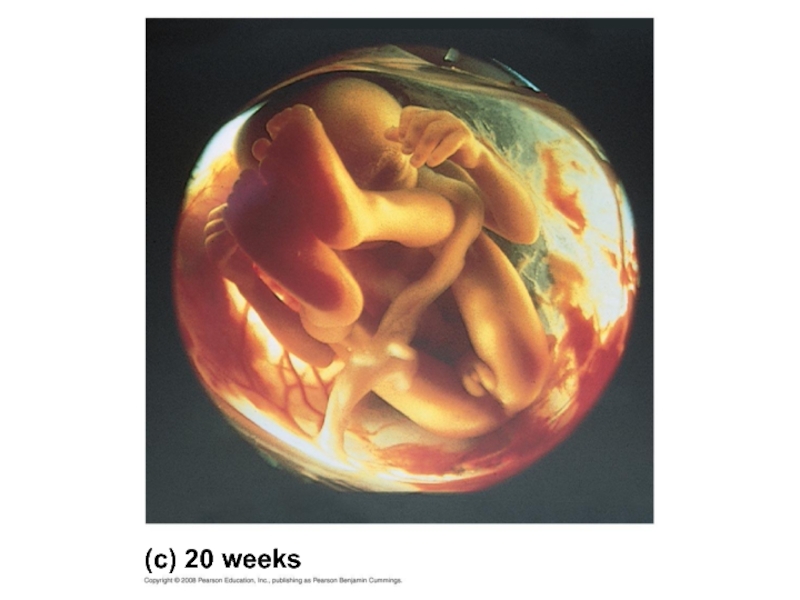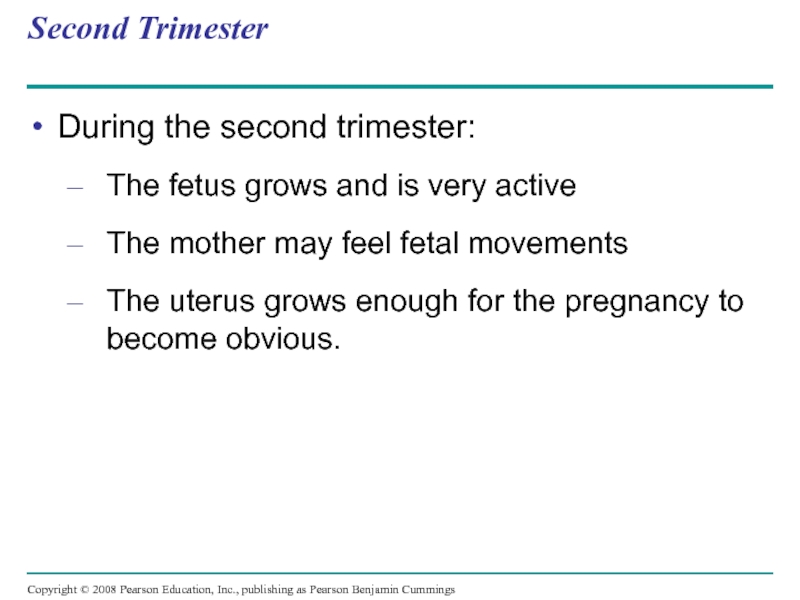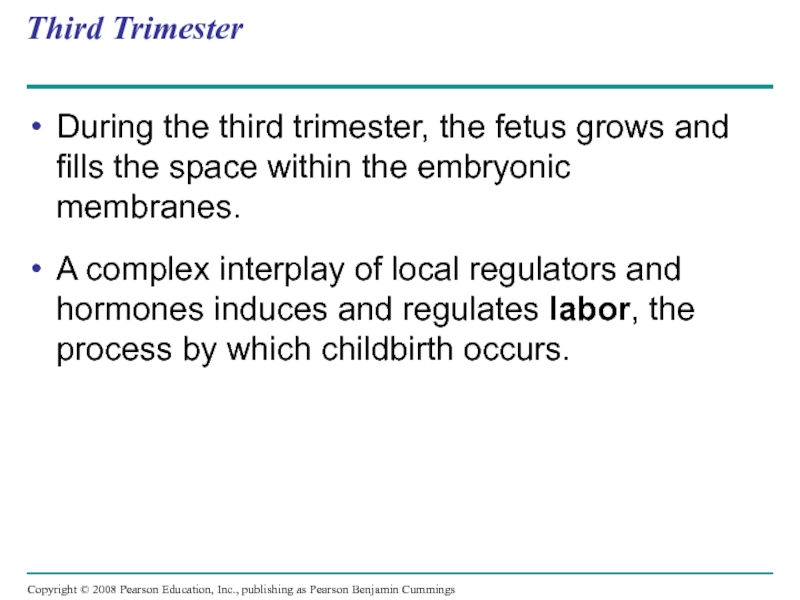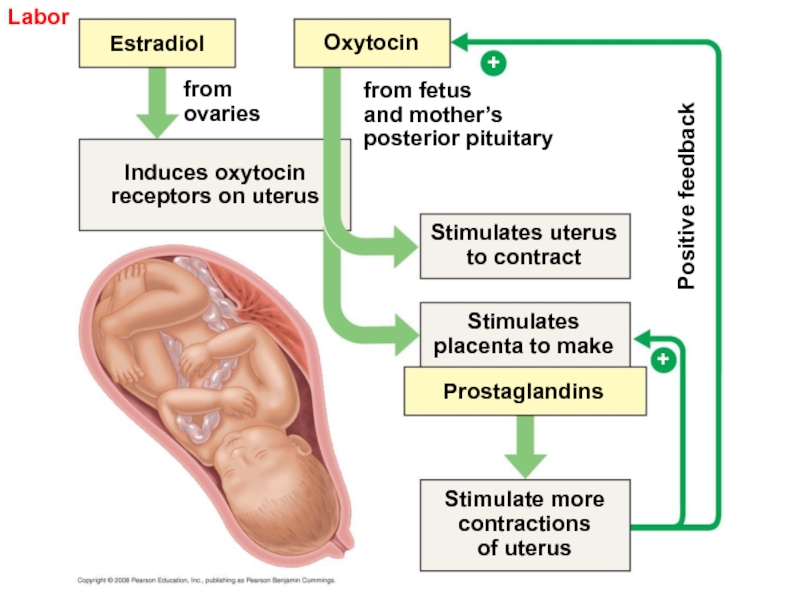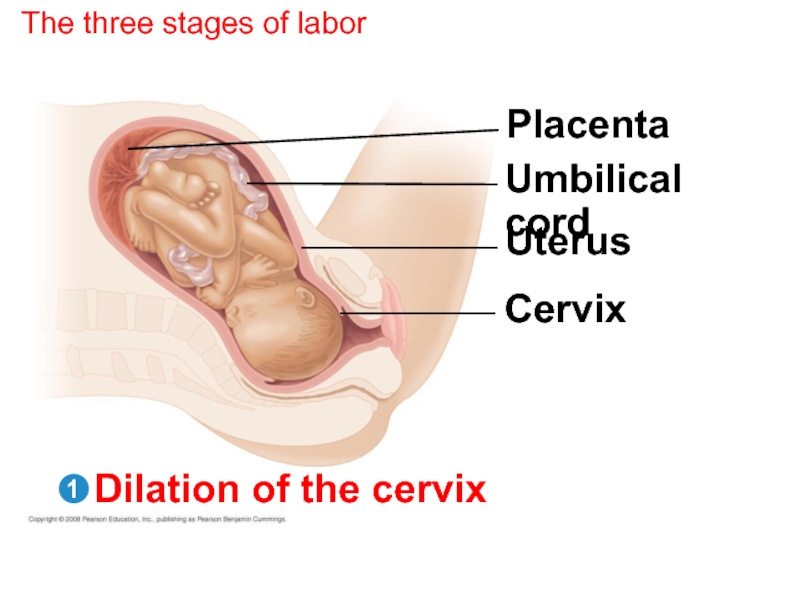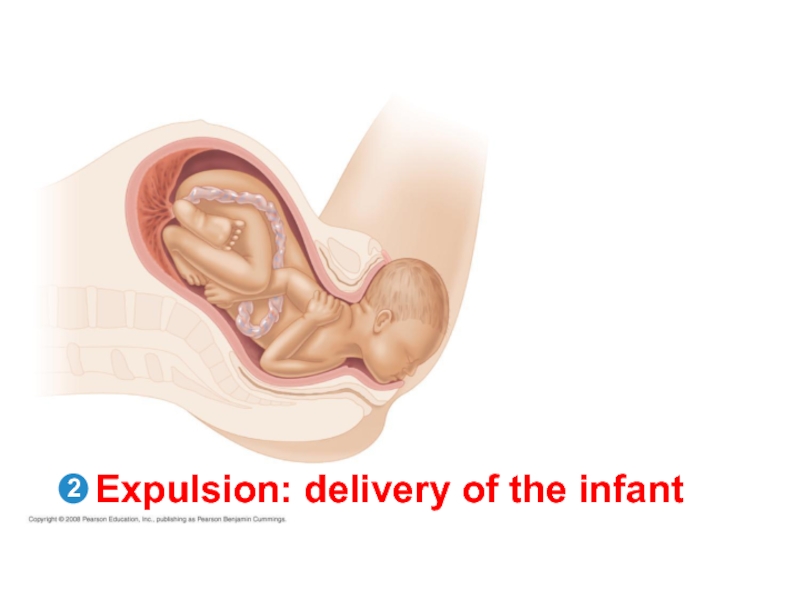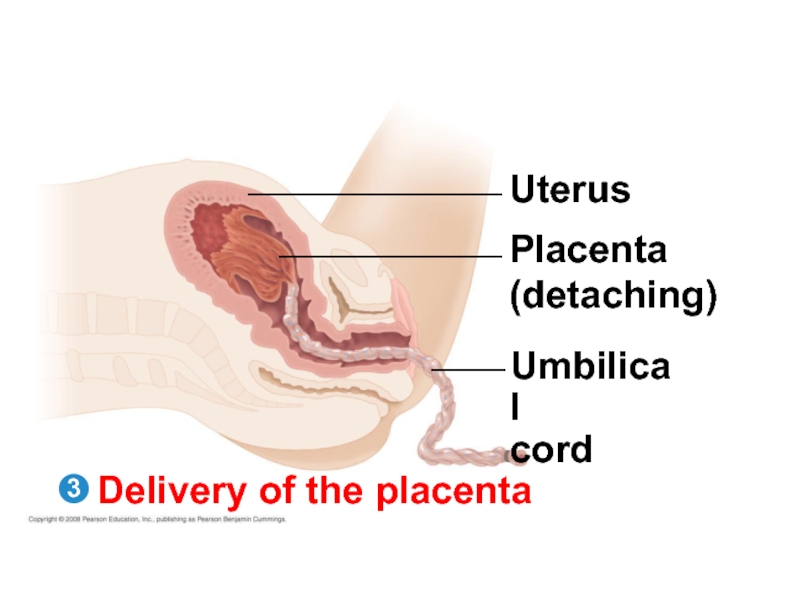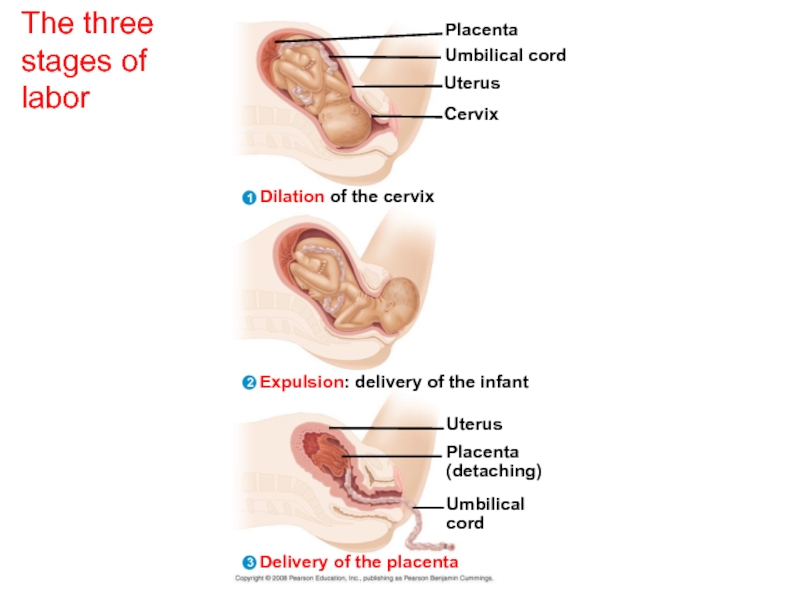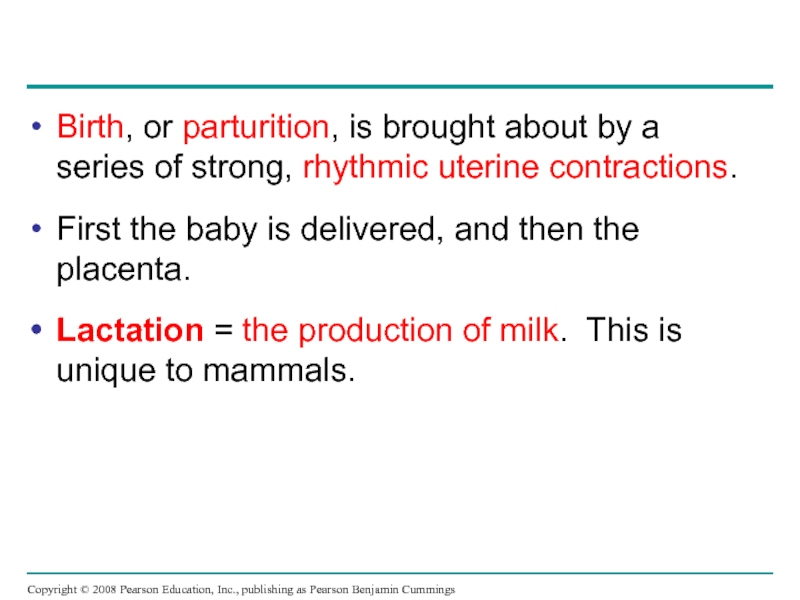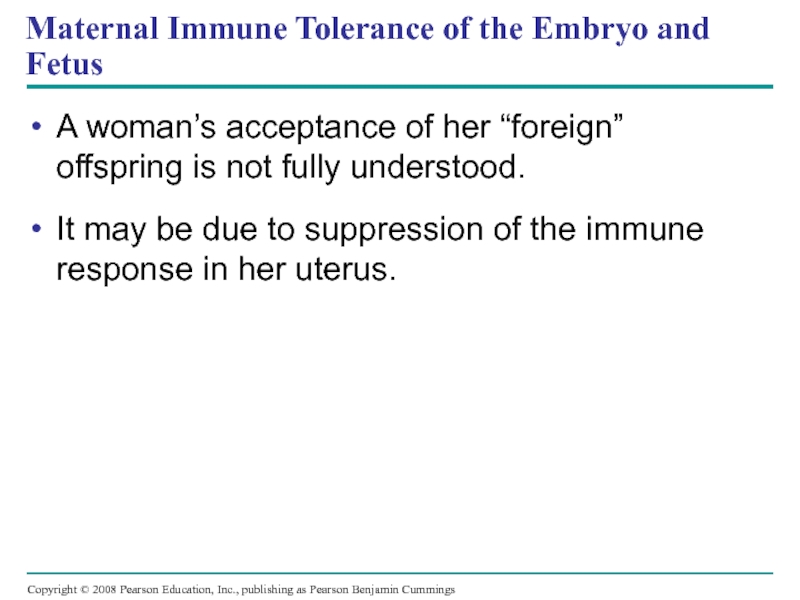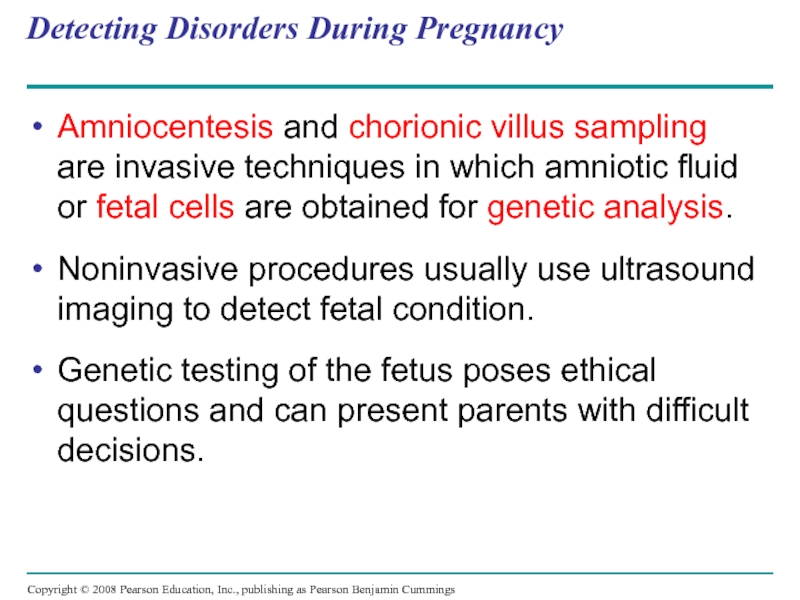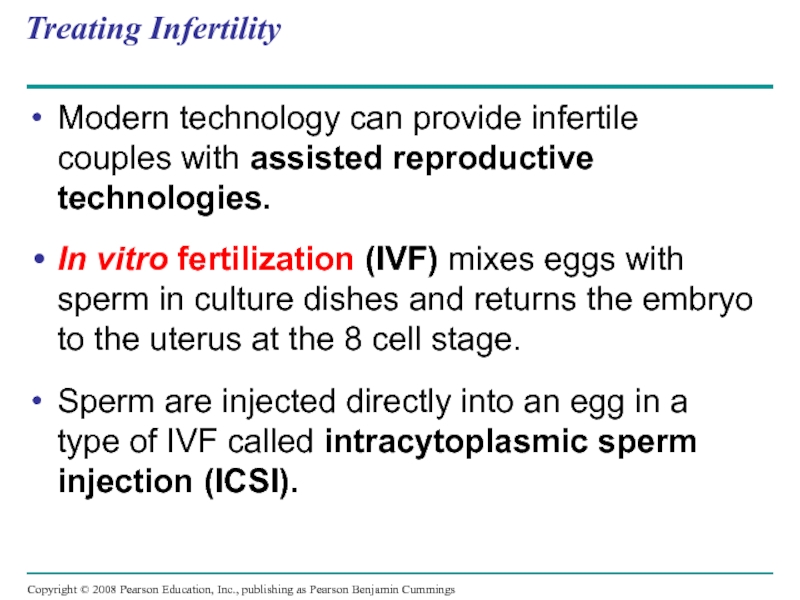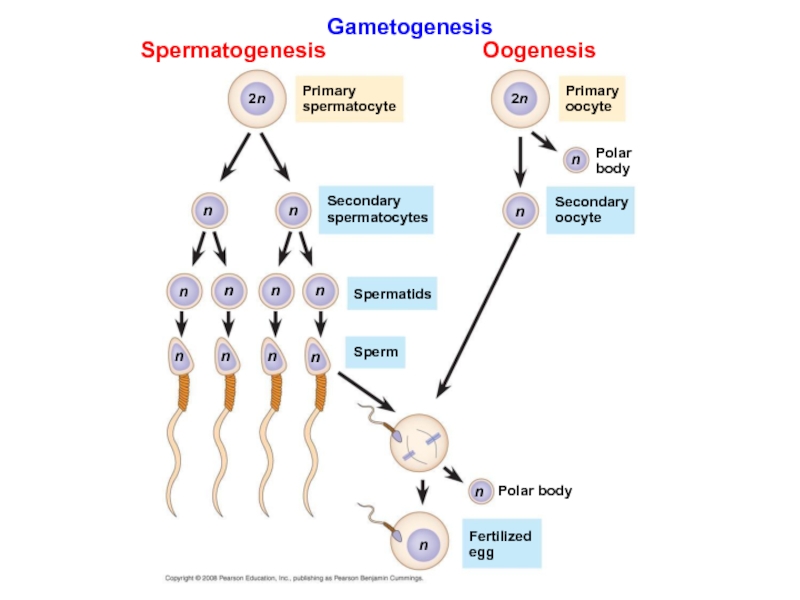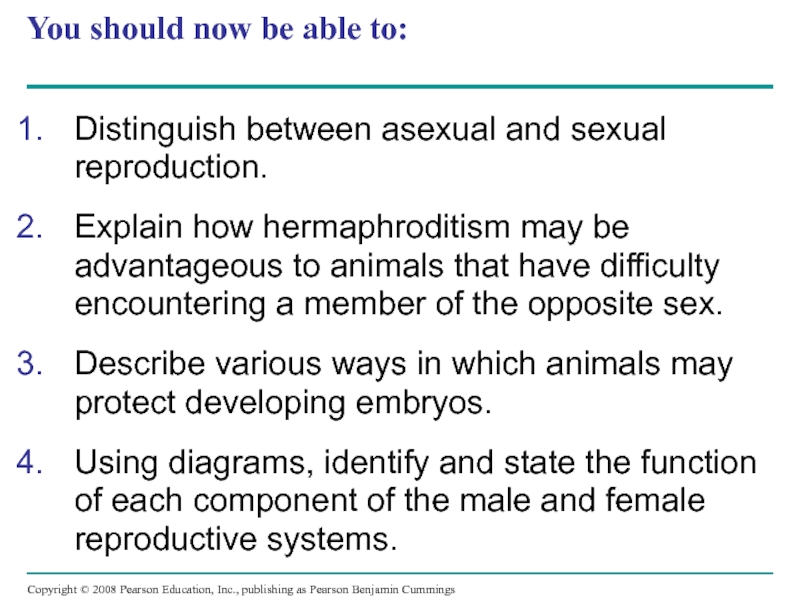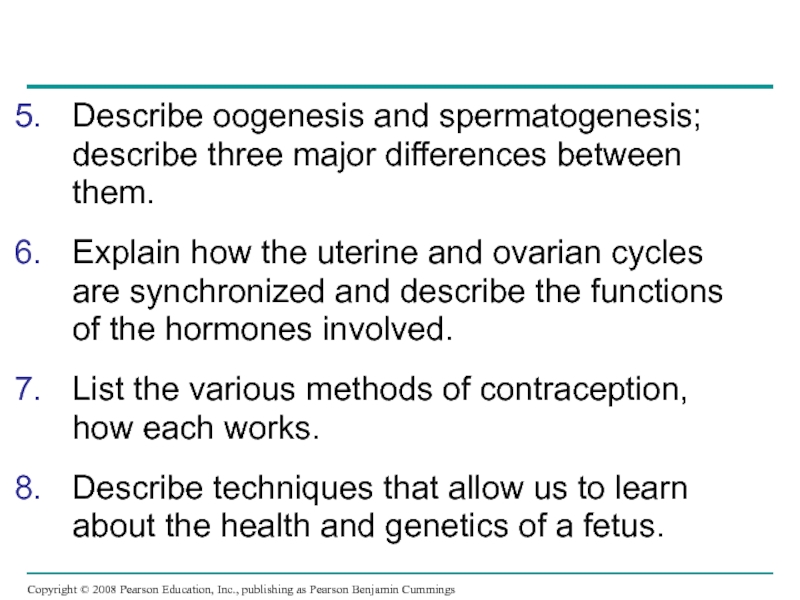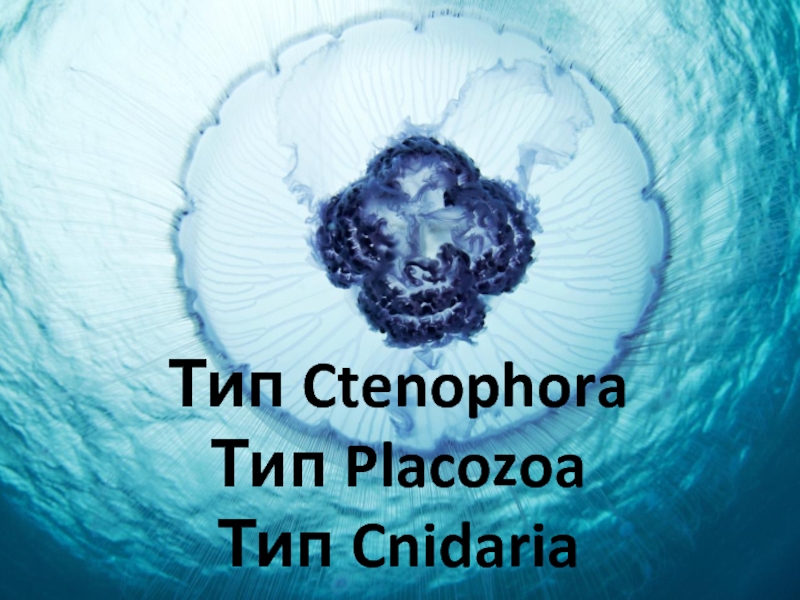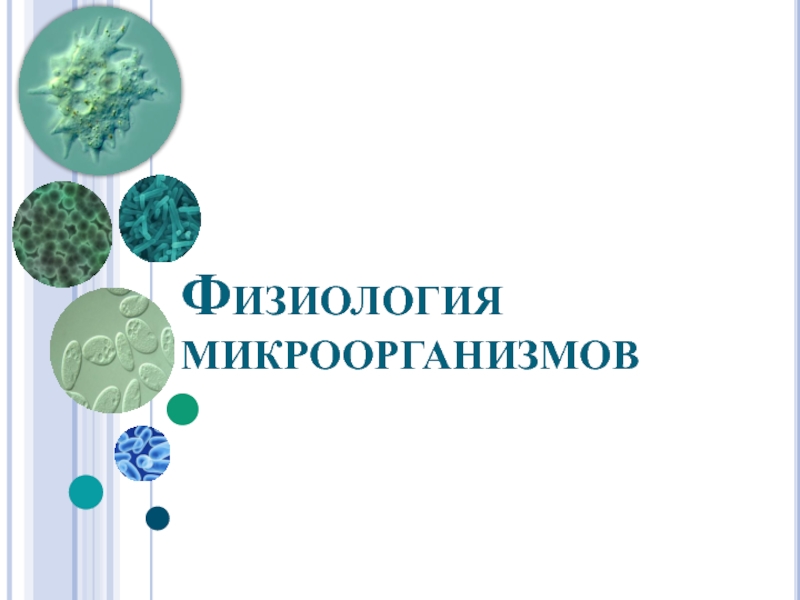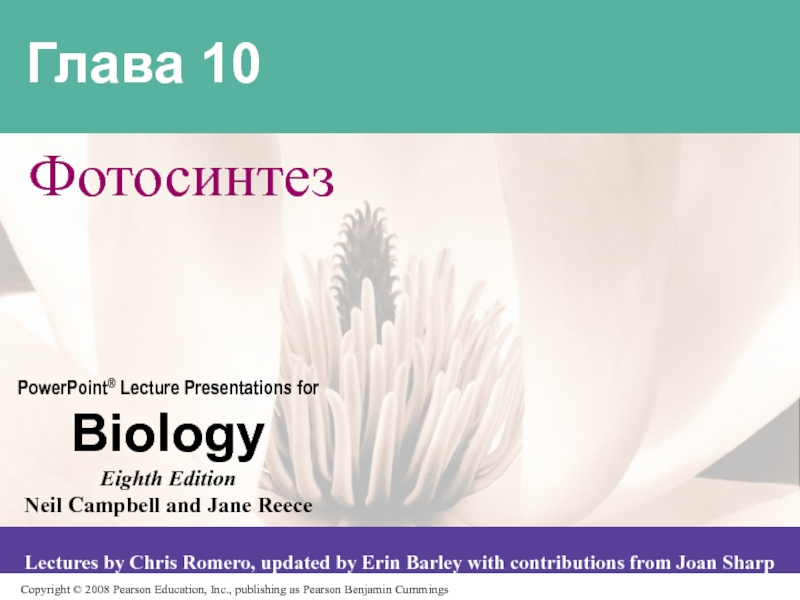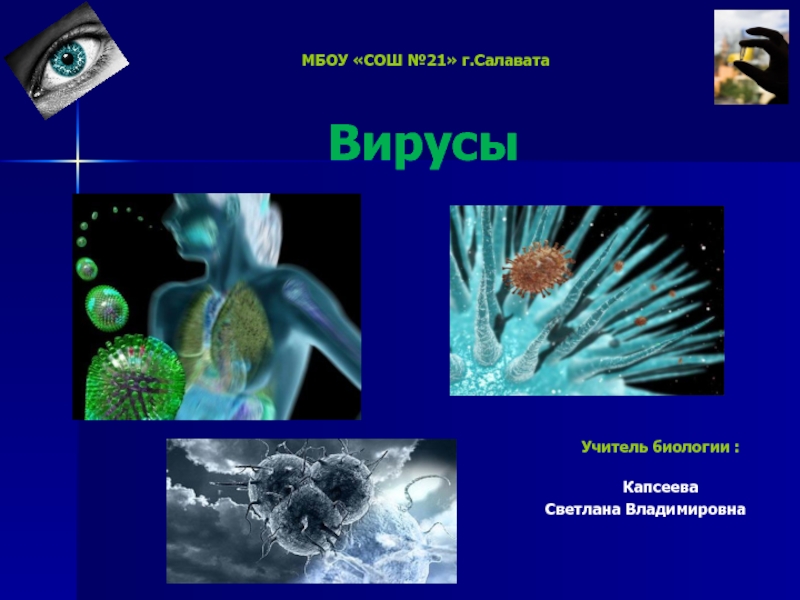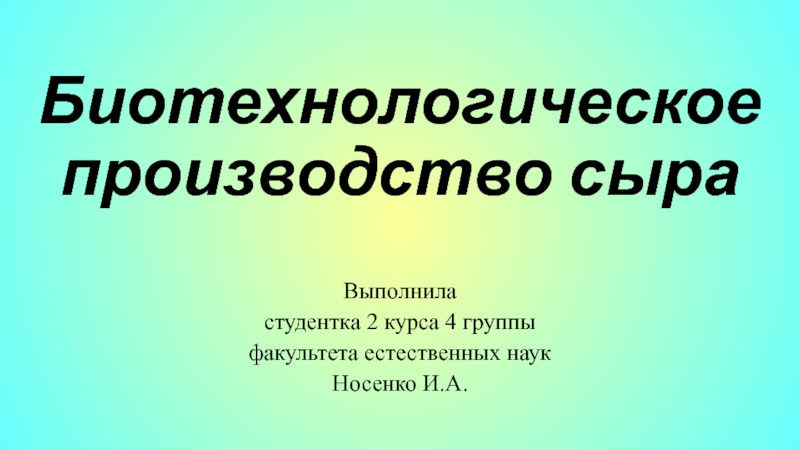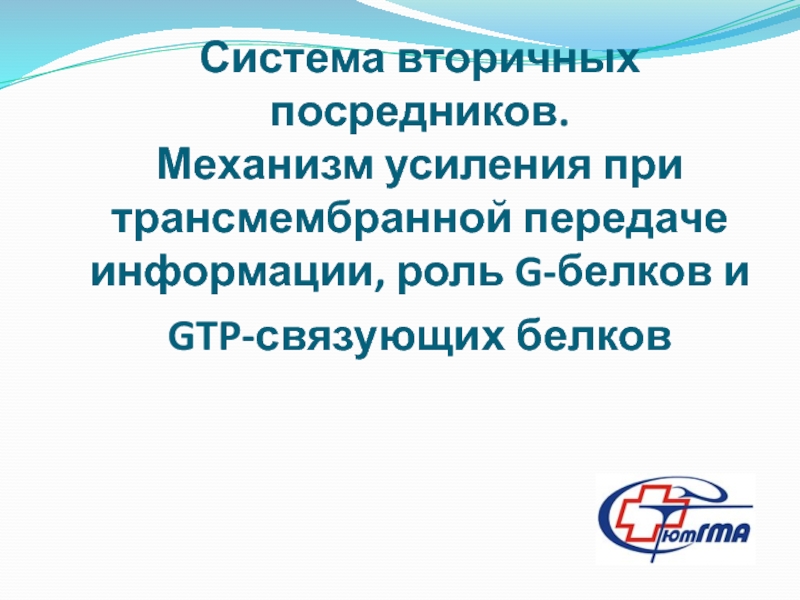- Главная
- Разное
- Дизайн
- Бизнес и предпринимательство
- Аналитика
- Образование
- Развлечения
- Красота и здоровье
- Финансы
- Государство
- Путешествия
- Спорт
- Недвижимость
- Армия
- Графика
- Культурология
- Еда и кулинария
- Лингвистика
- Английский язык
- Астрономия
- Алгебра
- Биология
- География
- Детские презентации
- Информатика
- История
- Литература
- Маркетинг
- Математика
- Медицина
- Менеджмент
- Музыка
- МХК
- Немецкий язык
- ОБЖ
- Обществознание
- Окружающий мир
- Педагогика
- Русский язык
- Технология
- Физика
- Философия
- Химия
- Шаблоны, картинки для презентаций
- Экология
- Экономика
- Юриспруденция
Animal Reproduction презентация
Содержание
- 1. Animal Reproduction
- 2. Overview: Pairing Up for Sexual Reproduction Each
- 3. How can each of these earthworms be both male and female?
- 4. Both asexual and sexual reproduction occur in
- 5. Asexual reproduction of a sea anemone
- 6. Budding = new individuals arise from outgrowths
- 7. Sexual Reproduction: An Evolutionary Enigma Sexual females
- 8. The “reproductive handicap” of sex: Sexual females
- 9. Sexual reproduction results in genetic recombination, which
- 10. Reproductive Cycles and Patterns Ovulation is the
- 11. Sexual reproduction is a special problem for
- 12. Individuals of some species undergo sex reversals.
- 13. Fertilization depends on mechanisms that bring
- 14. External fertilization Eggs
- 15. In internal fertilization, sperm are deposited in
- 16. Ensuring the Survival of Offspring All species
- 17. Species with internal fertilization provide greater protection
- 18. Parental care in an invertebrate
- 19. Animal Gamete Production and Delivery To reproduce
- 20. Most insects have separate sexes with complex
- 21. Genital pore (Digestive tract) Male organs:
- 22. A cloaca is a common opening between
- 23. Reproductive organs produce and transport gametes The following section focuses on the human reproductive system.
- 24. Ovaries = Female Gonads The female gonads,
- 25. Ovulation expels an egg cell from the
- 26. Oviducts and Uterus The egg cell travels
- 27. Mammary Glands The mammary glands are not
- 28. Testes = Male Gonads The testes consist
- 29. Ducts From the seminiferous tubules of a
- 30. Accessory Glands Semen is composed of sperm
- 31. The timing and pattern of meiosis in
- 32. Spermatogenesis Epididymis Seminiferous tubule Testis Cross section
- 33. Mature sperm Plasma membrane Tail Neck Midpiece Head Mitochondria Nucleus Acrosome
- 34. Eggs contain stored nutrients and are much
- 35. Oogenesis Ovary In embryo Primordial germ cell
- 36. Spermatogenesis differs from oogenesis: In oogenesis, one
- 37. The interplay of tropic and sex hormones
- 38. The sex hormones are androgens, estrogens, and
- 39. Hormonal Control of the Male Reproductive System
- 40. Hormonal control in the Male Hypothalamus GnRH
- 41. Testosterone regulates the production of GnRH, FSH,
- 42. The Reproductive Cycles of Females In females,
- 43. Hormones closely link the two cycles of
- 44. The reproductive cycle of the human female
- 45. Control by hypothalamus Inhibited by combination
- 46. Ovarian hormones in blood Peak causes
- 47. The Ovarian Cycle The sequential release of
- 48. Following ovulation, the follicular tissue left behind
- 49. The Uterine (Menstrual) Cycle Hormones coordinate the
- 50. A new cycle begins if no embryo
- 51. Menopause After about 500 cycles, human females
- 52. Menstrual vs Estrous Cycles Menstrual
- 53. Estrous cycles are characteristic of most mammals:
- 54. In placental mammals, an embryo develops fully
- 55. Conception, Embryonic Development, and Birth Conception =
- 56. Ovary Uterus Endometrium (a) From ovulation
- 57. After blastocyst formation, the embryo implants into
- 58. Pregnancies can terminate spontaneously due to chromosomal
- 59. First Trimester Human gestation can be divided
- 60. During its first 2 to 4 weeks,
- 61. Placental circulation Placenta Uterus Umbilical cord Chorionic
- 62. Splitting of the embryo during the first
- 63. Changes occur in the mother: Growth of
- 64. Human fetal development (a) 5 weeks (b) 14 weeks (c) 20 weeks
- 65. (a) 5 weeks
- 66. (b) 14 weeks
- 67. (c) 20 weeks
- 68. Second Trimester During the second trimester: The
- 69. Third Trimester During the third trimester, the
- 70. Labor Estradiol Oxytocin from ovaries Induces oxytocin
- 71. The three stages of labor Placenta
- 72. Expulsion: delivery of the infant 2
- 73. Delivery of the placenta Uterus Placenta (detaching) Umbilical cord 3
- 74. The three stages of labor 3 2
- 75. Birth, or parturition, is brought about by
- 76. Maternal Immune Tolerance of the Embryo and
- 77. Detecting Disorders During Pregnancy Amniocentesis and chorionic
- 78. Treating Infertility Modern technology can provide infertile
- 79. Gametogenesis Spermatogenesis Oogenesis Primary spermatocyte Primary
- 80. You should now be able to: Distinguish
- 81. Describe oogenesis and spermatogenesis; describe three major
Слайд 2Overview: Pairing Up for Sexual Reproduction
Each earthworm produces sperm and eggs;
Animal reproduction takes many forms.
Aspects of animal form and function can be viewed broadly as adaptations contributing to reproductive success.
Слайд 4Both asexual and sexual reproduction occur in the animal kingdom
Sexual reproduction
Asexual reproduction is creation of offspring without the fusion of egg and sperm . One parent clones offspring.
Many invertebrates reproduce asexually by fission = separation of a parent into two or more individuals of about the same size.
Слайд 6Budding = new individuals arise from outgrowths of existing ones.
Fragmentation =
Fragmentation must be accompanied by regeneration = regrowth of lost body parts.
Parthenogenesis is the development of a new individual from an unfertilized egg.
Asexual Reproduction
Слайд 7Sexual Reproduction: An Evolutionary Enigma
Sexual females have half as many daughters
Despite this, almost all eukaryotic species reproduce sexually.
Слайд 8The “reproductive handicap” of sex: Sexual females have half as many
Asexual reproduction
Female
Sexual reproduction
Female
Generation 1
Male
Generation 2
Generation 3
Generation 4
Слайд 9Sexual reproduction results in genetic recombination, which provides potential advantages:
An increase
An increase in the rate of adaptation
A shuffling of genes and the elimination of harmful genes from a population.
Sexual reproduction - Variety
Слайд 10Reproductive Cycles and Patterns
Ovulation is the release of mature eggs at
Most animals exhibit reproductive cycles related to changing seasons.
Reproductive cycles are controlled by hormones and environmental cues.
Animals may reproduce asexually or sexually, or they may alternate these methods.
Слайд 11Sexual reproduction is a special problem for organisms that seldom encounter
One solution is hermaphroditism = each individual has BOTH male and female reproductive systems.
Some hermaphrodites can self-fertilize.
Слайд 12Individuals of some species undergo sex reversals.
Some species exhibit male to
Слайд 13
Fertilization depends on mechanisms that bring together sperm and eggs of
The mechanisms of fertilization, the union of egg and sperm, play an important part in sexual reproduction.
In external fertilization, eggs shed by the female are fertilized by sperm in the external environment.
Слайд 15In internal fertilization, sperm are deposited in or near the female
Internal fertilization requires behavioral interactions and compatible copulatory organs.
All fertilization requires critical timing, often mediated by environmental cues, pheromones, and/or courtship behavior.
Слайд 16Ensuring the Survival of Offspring
All species produce more offspring than the
Species with external fertilization produce more gametes than species with internal fertilization.
Слайд 17Species with internal fertilization provide greater protection of the embryos and
The embryos of some terrestrial animals develop in amniote eggs with protective layers.
Some other animals retain the embryo, which develops inside the female.
In many animals, parental care helps ensure survival of offspring.
Слайд 19Animal Gamete Production and Delivery
To reproduce sexually, animals must have systems
In most species individuals have gonads = sex organs that produce gametes.
Some simple systems do not have gonads, but gametes form from undifferentiated tissue.
The most complex systems contain many sets of accessory tubes and glands that carry, nourish, and protect gametes and developing embryos.
Слайд 20Most insects have separate sexes with complex reproductive systems.
In many insects,
Accessory
gland
Ejaculatory
duct
Testis
Vas deferens
Seminal
vesicle
Penis
Ovary
Oviduct
Spermatheca
Vagina
Accessory
gland
(a) Male honeybee (drone)
(b) Female honeybee (queen)
Слайд 21
Genital
pore
(Digestive tract)
Male organs:
Seminal
vesicle
Sperm duct
(vas deferens)
Vas efferens
Testis
Female organs:
Uterus
Yolk gland
Yolk duct
Oviduct
Ovary
Seminal
receptacle
(Excretory pore)
4
3
2
1
3
2
1
Reproductive anatomy
Слайд 22A cloaca is a common opening between the external environment and
A cloaca is common in nonmammalian vertebrates; mammals usually have a separate opening to the digestive tract.
Слайд 23Reproductive organs produce and transport gametes
The following section focuses on the
Слайд 24Ovaries = Female Gonads
The female gonads, the ovaries, lie in the
Each ovary contains many follicles, which are egg chambers consisting of a partially developed egg, called an oocyte, surrounded by support cells.
Once a month, an oocyte develops into an ovum (egg) by the process of oogenesis.
Слайд 25Ovulation expels an egg cell from the follicle.
The remaining follicular tissue
The corpus luteum secretes hormones that help to maintain pregnancy.
If the egg is not fertilized, the corpus luteum degenerates.
Слайд 26Oviducts and Uterus
The egg cell travels from the ovary to the
Cilia in the oviduct convey the egg to the uterus, also called the womb.
The uterus lining, the endometrium, has many blood vessels.
The uterus narrows at the cervix, then opens into the vagina.
Слайд 27Mammary Glands
The mammary glands are not part of the reproductive system
Within the glands, small sacs of epithelial tissue secrete milk.
Слайд 28Testes = Male Gonads
The testes consist of highly coiled tubes surrounded
Production of normal sperm cannot occur at the body temperatures of most mammals. So the testes are held outside the abdominal cavity in the scrotum, where the temperature is lower than in the abdominal cavity.
Слайд 29Ducts
From the seminiferous tubules of a testis, mature sperm pass into
During ejaculation, sperm are propelled through the muscular vas deferens and the ejaculatory duct, and then exit the penis through the urethra.
Слайд 30Accessory Glands
Semen is composed of sperm plus secretions from three sets
The two seminal vesicles contribute about 60% of the total volume of semen.
The prostate gland secretes its products directly into the urethra through several small ducts.
The bulbourethral glands secrete a clear mucus before ejaculation that neutralizes acidic urine remaining in the urethra.
Слайд 31The timing and pattern of meiosis in mammals differ for males
Gametogenesis = the production of gametes by meiosis. This differs in females and males
Sperm are small and motile and are produced throughout the life of a sexually mature male.
Spermatogenesis is production of mature sperm.
Слайд 32Spermatogenesis
Epididymis
Seminiferous tubule
Testis
Cross section
of seminiferous
tubule
Sertoli cell
nucleus
Primordial germ cell in embryo
Mitotic divisions
Spermatogonial
stem cell
Mitotic
Mitotic divisions
Spermatogonium
Primary spermatocyte
Meiosis I
Meiosis II
Secondary spermatocyte
Lumen of
seminiferous tubule
Plasma membrane
Tail
Neck
Midpiece
Head
Mitochondria
Nucleus
Acrosome
Spermatids
(at two stages of
differentiation)
Early
spermatid
Differentiation
(Sertoli cells
provide nutrients)
Sperm
2n
2n
2n
n
n
n
n
n
n
n
n
n
n
Слайд 34Eggs contain stored nutrients and are much larger.
Oogenesis is development of
Слайд 35Oogenesis
Ovary
In embryo
Primordial germ cell
Mitotic divisions
Oogonium
Mitotic divisions
Primary oocyte
(present at birth), arrested
in prophase
First
polar
body
Completion of meiosis I and onset of meiosis II
Secondary oocyte,
arrested at metaphase of meiosis II
Ovulation, sperm entry
Completion of meiosis II
Second
polar
body
Fertilized egg
Primary
oocyte
within
follicle
Growing
follicle
Mature follicle
Ruptured
follicle
Ovulated
secondary oocyte
Corpus luteum
Degenerating
corpus luteum
2n
2n
n
n
n
n
Слайд 36Spermatogenesis differs from oogenesis:
In oogenesis, one egg forms from each cycle
Oogenesis ceases later in life in females; spermatogenesis continues throughout the adult life of males.
Oogenesis has long interruptions; spermatogenesis produces sperm from precursor cells in a continuous sequence.
Spermatogenesis vs. Oogenesis
Слайд 37The interplay of tropic and sex hormones regulates mammalian reproduction
Human reproduction
Gonadotropin-releasing hormone (GnRH) is secreted by the hypothalamus and directs the release of FSH and LH from the anterior pituitary.
FSH and LH regulate processes in the gonads and the production of sex hormones.
Слайд 38The sex hormones are androgens, estrogens, and progesterone.
Sex hormones regulate:
The development
The development of secondary sex characteristics at puberty
Sexual behavior and sex drive.
Слайд 39Hormonal Control of the Male Reproductive System
FSH promotes the activity of
LH regulates Leydig cells, which secrete testosterone and other androgen hormones, which in turn promote spermatogenesis.
Слайд 40Hormonal control in the Male
Hypothalamus
GnRH
FSH
Anterior pituitary
Sertoli cells
Leydig cells
Inhibin
Spermatogenesis
Testosterone
Testis
LH
Negative feedback
Negative feedback
–
–
–
Слайд 41Testosterone regulates the production of GnRH, FSH, and LH through negative
Sertoli cells secrete the hormone inhibin, which reduces FSH secretion from the anterior pituitary.
Слайд 42The Reproductive Cycles of Females
In females, the secretion of hormones and
Prior to ovulation, the endometrium = uterine lining, thickens with blood vessels in preparation for embryo implantation.
If an embryo does not implant in the endometrium, the endometrium is shed in a process called menstruation.
Слайд 43Hormones closely link the two cycles of female reproduction:
Changes in the
Changes in the ovaries / follicle / egg chamber define the ovarian cycle.
Слайд 44The reproductive cycle of the human female
(a)
Control by hypothalamus
Hypothalamus
GnRH
Anterior pituitary
1
Inhibited by
Stimulated by high levels
of estradiol
Inhibited by low levels of estradiol
2
FSH
LH
Pituitary gonadotropins
in blood
(b)
6
FSH
LH
FSH and LH stimulate
follicle to grow
LH surge triggers
ovulation
3
Ovarian cycle
8
(c)
7
Growing follicle
Maturing
follicle
Corpus
luteum
Degenerating
corpus luteum
Follicular phase
Ovulation
Luteal phase
Estradiol secreted
by growing follicle in
increasing amounts
Progesterone and
estradiol secreted
by corpus luteum
4
Ovarian hormones in blood
Peak causes
LH surge
(d)
5
Estradiol
Progesterone
9
10
Estradiol level
very low
Progesterone and estra-
diol promote thickening
of endometrium
Uterine (menstrual) cycle
Endometrium
(e)
Menstrual flow phase Proliferative phase
Secretory phase
Days
0
5
10
14
20
25
28
|
|
|
15
|
|
|
|
|
–
–
+
Слайд 45
Control by hypothalamus
Inhibited by combination of estradiol and progesterone
Stimulated by high
Inhibited by low levels of estradiol
Hypothalamus
GnRH
Anterior pituitary
FSH
LH
Pituitary gonadotropins
in blood
LH
FSH
FSH and LH stimulate
follicle to grow
LH surge triggers
ovulation
Ovarian cycle
Growing follicle
Maturing
follicle
Corpus
luteum
Degenerating
corpus luteum
Follicular phase
Ovulation
Luteal phase
(a)
(b)
(c)
Days
0
5
10
14
15
20
25
28
|
|
|
|
|
|
|
|
–
–
+
Слайд 46
Ovarian hormones in blood
Peak causes
LH surge
Estradiol level very low
Estradiol
Progesterone
Ovulation
Progesterone and estra-
diol
Uterine (menstrual) cycle
Endometrium
0
5
10
14
20
25
28
|
|
|
|
|
|
|
|
Days
15
Menstrual flow phase Proliferative phase
Secretory phase
(d)
(e)
Слайд 47The Ovarian Cycle
The sequential release of GnRH then FSH and LH
Follicle growth and an increase in the hormone estradiol characterize the follicular phase of the ovarian cycle.
The follicular phase ends at ovulation, and the secondary oocyte is released.
Слайд 48Following ovulation, the follicular tissue left behind transforms into the corpus
The corpus luteum disintegrates, and ovarian steroid hormones decrease .
Слайд 49The Uterine (Menstrual) Cycle
Hormones coordinate the uterine cycle with the ovarian
Thickening of the endometrium during the proliferative phase coordinates with the follicular phase.
Secretion of nutrients during the secretory phase coordinates with the luteal phase.
Shedding of the endometrium during the menstrual flow phase coordinates with the growth of new ovarian follicles.
Слайд 50A new cycle begins if no embryo implants in the endometrium.
Cells
Swelling of these cells in response to hormone stimulation results in a disorder called endometriosis.
Слайд 51Menopause
After about 500 cycles, human females undergo menopause, the cessation of
Menopause is very unusual among animals.
Menopause might have evolved to allow a mother to provide better care for her children and grandchildren.
Слайд 52Menstrual vs Estrous Cycles
Menstrual cycles are characteristic of humans
The endometrium is shed from the uterus in a bleeding called menstruation
Sexual receptivity is not limited to a timeframe.
Слайд 53Estrous cycles are characteristic of most mammals:
The endometrium is reabsorbed by
Sexual receptivity is limited to a “heat” period
The length and frequency of estrus cycles varies from species to species.
Слайд 54In placental mammals, an embryo develops fully within the mother’s uterus
An
Слайд 55Conception, Embryonic Development, and Birth
Conception = fertilization of an egg by
The resulting zygote begins to divide by mitosis in a process called cleavage.
Division of cells gives rise to a blastocyst, a ball of cells with a cavity.
Слайд 56
Ovary
Uterus
Endometrium
(a) From ovulation to implantation
(b) Implantation of blastocyst
Cleavage
Fertilization
Ovulation
Cleavage
The blastocyst
implants
Trophoblast
Inner cell mass
Cavity
Blastocyst
Endo-
metrium
1
2
3
4
5
Слайд 57After blastocyst formation, the embryo implants into the endometrium.
The embryo releases
Pregnancy, or gestation, is the condition of carrying one or more embryos in the uterus.
Duration of pregnancy in other species correlates with body size and maturity of the young at birth.
Слайд 58Pregnancies can terminate spontaneously due to chromosomal or developmental abnormalities.
An ectopic
Слайд 59First Trimester
Human gestation can be divided into three trimesters of about
The first trimester is the time of most radical change for both the mother and the embryo.
During implantation, the endometrium grows over the blastocyst.
Слайд 60During its first 2 to 4 weeks, the embryo obtains nutrients
Meanwhile, the outer layer of the blastocyst, called the trophoblast, mingles with the endometrium and eventually forms the placenta.
Blood from the embryo travels to the placenta through arteries of the umbilical cord and returns via the umbilical vein.
Слайд 61Placental circulation
Placenta
Uterus
Umbilical cord
Chorionic villus,
containing fetal
capillaries
Maternal blood
pools
Maternal
arteries
Maternal
veins
Maternal
portion
of placenta
Fetal arteriole
Fetal venule
Umbilical cord
Fetal
portion of
placenta
(chorion)
Umbilical
arteries
Umbilical
vein
Слайд 62Splitting of the embryo during the first month of development results
The first trimester is the main period of organogenesis = development of the body organs.
All the major structures are present by 8 weeks, and the embryo is called a fetus.
Слайд 63Changes occur in the mother:
Growth of the placenta
Cessation of ovulation and
Breast enlargement
Nausea is also very common.
Слайд 68Second Trimester
During the second trimester:
The fetus grows and is very active
The
The uterus grows enough for the pregnancy to become obvious.
Слайд 69Third Trimester
During the third trimester, the fetus grows and fills the
A complex interplay of local regulators and hormones induces and regulates labor, the process by which childbirth occurs.
Слайд 70Labor
Estradiol
Oxytocin
from
ovaries
Induces oxytocin
receptors on uterus
from fetus
and mother’s
posterior pituitary
Stimulates uterus
to contract
Stimulates placenta to
Prostaglandins
Stimulate more
contractions
of uterus
Positive feedback
+
+
Слайд 74The three stages of labor
3
2
1
Dilation of the cervix
Placenta
Umbilical cord
Uterus
Cervix
Expulsion: delivery of
Uterus
Placenta
(detaching)
Umbilical
cord
Delivery of the placenta
Слайд 75Birth, or parturition, is brought about by a series of strong,
First the baby is delivered, and then the placenta.
Lactation = the production of milk. This is unique to mammals.
Слайд 76Maternal Immune Tolerance of the Embryo and Fetus
A woman’s acceptance of
It may be due to suppression of the immune response in her uterus.
Слайд 77Detecting Disorders During Pregnancy
Amniocentesis and chorionic villus sampling are invasive techniques
Noninvasive procedures usually use ultrasound imaging to detect fetal condition.
Genetic testing of the fetus poses ethical questions and can present parents with difficult decisions.
Слайд 78Treating Infertility
Modern technology can provide infertile couples with assisted reproductive technologies.
In
Sperm are injected directly into an egg in a type of IVF called intracytoplasmic sperm injection (ICSI).
Слайд 79
Gametogenesis
Spermatogenesis
Oogenesis
Primary
spermatocyte
Primary
oocyte
Polar
body
Secondary
spermatocytes
Secondary
oocyte
Spermatids
Sperm
Polar body
Fertilized
egg
n
2n
2n
n
n
n
n
n
n
n
n
n
n
n
n
n
Слайд 80You should now be able to:
Distinguish between asexual and sexual reproduction.
Explain
Describe various ways in which animals may protect developing embryos.
Using diagrams, identify and state the function of each component of the male and female reproductive systems.
Слайд 81Describe oogenesis and spermatogenesis; describe three major differences between them.
Explain how
List the various methods of contraception, how each works.
Describe techniques that allow us to learn about the health and genetics of a fetus.
